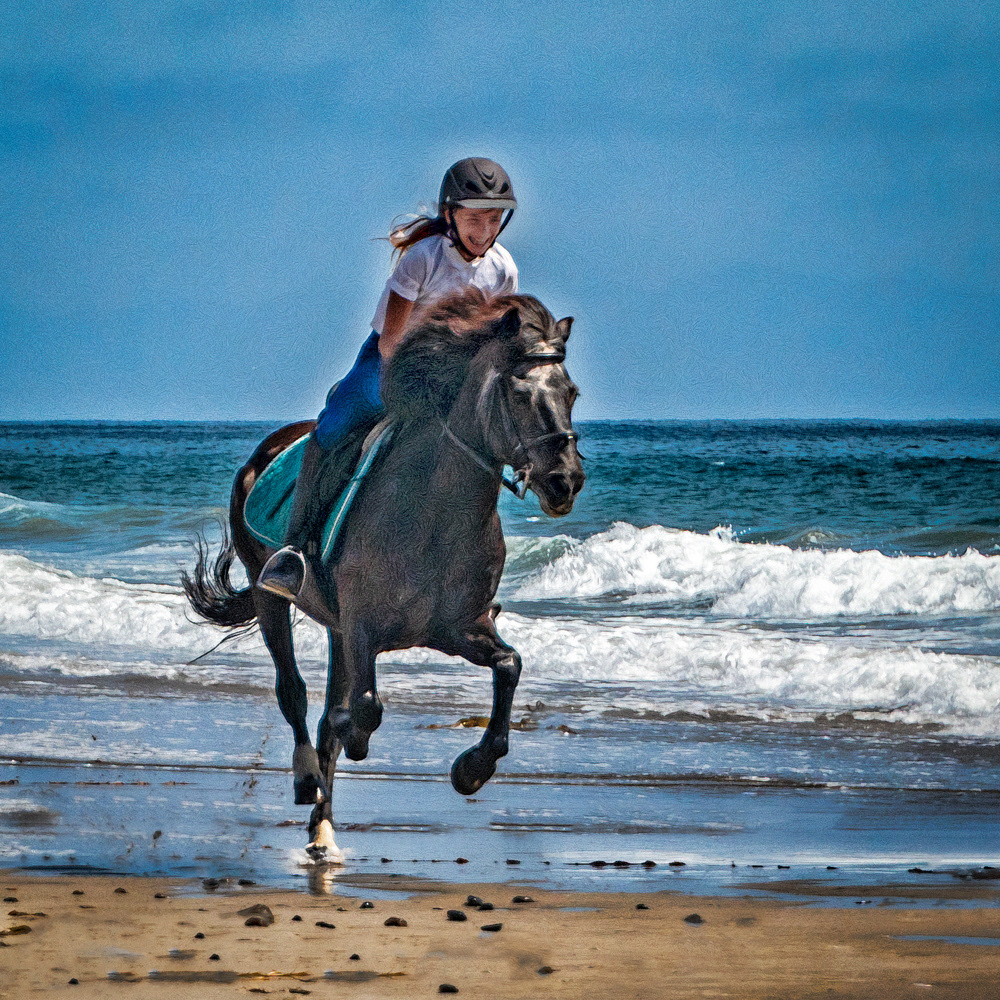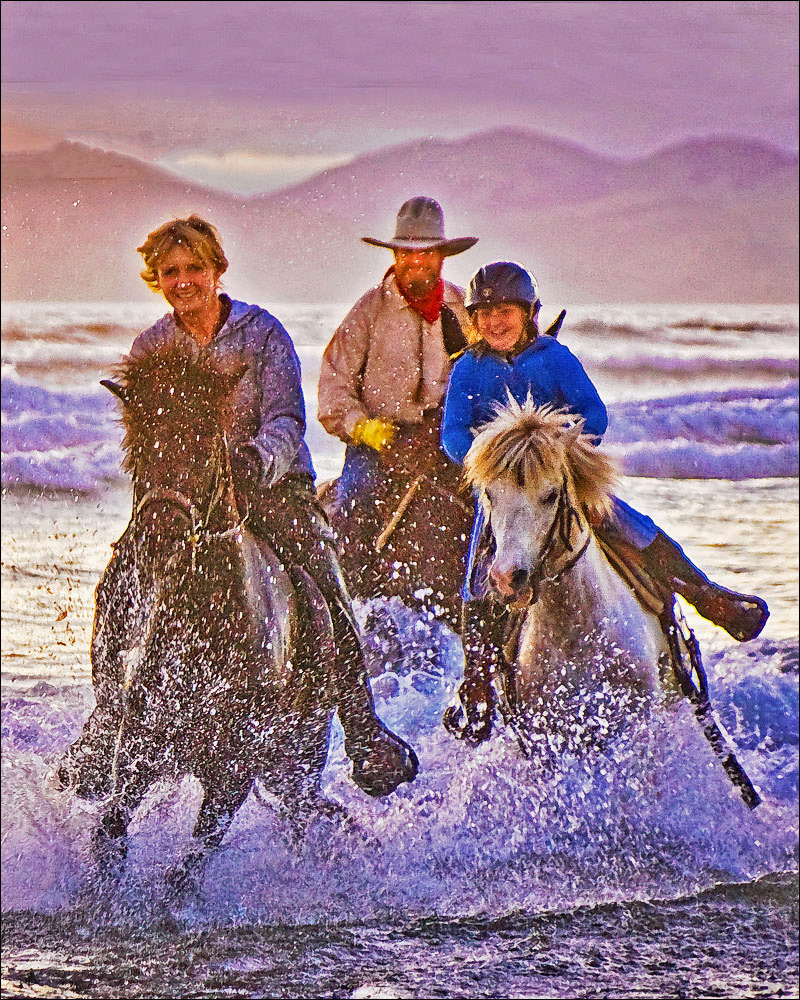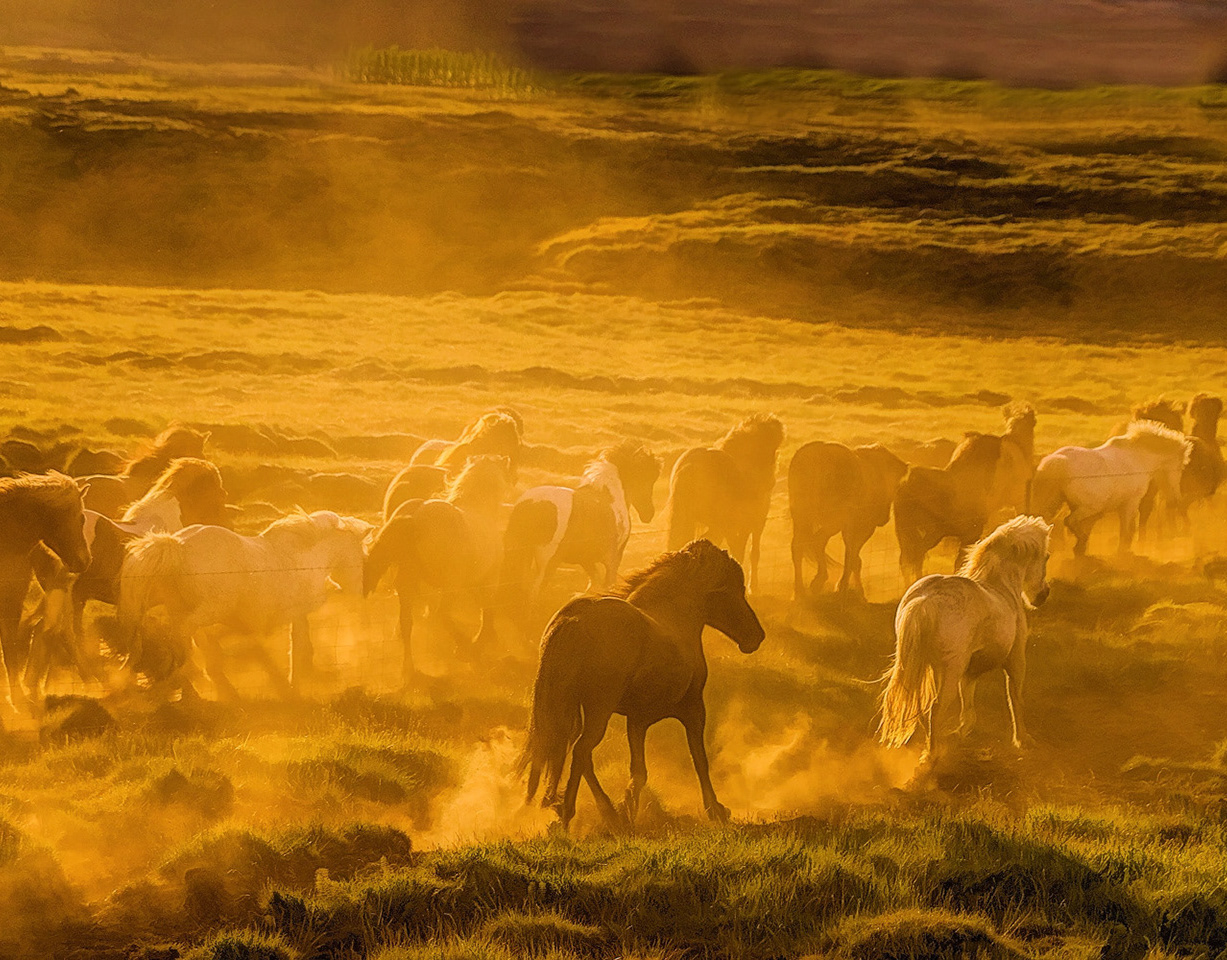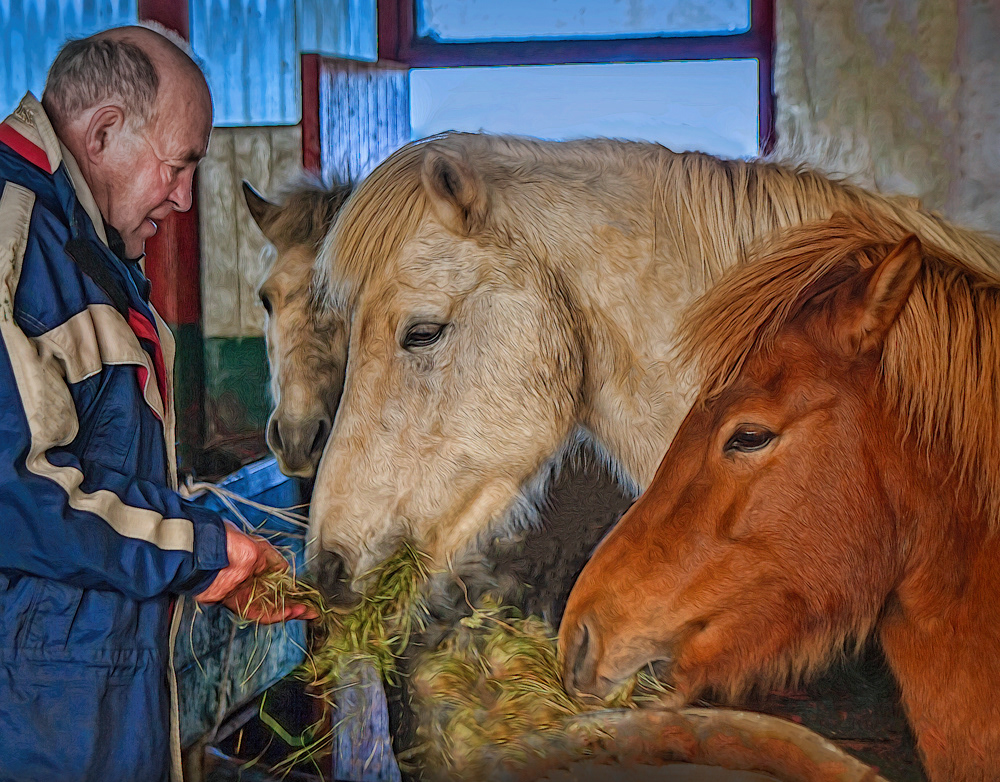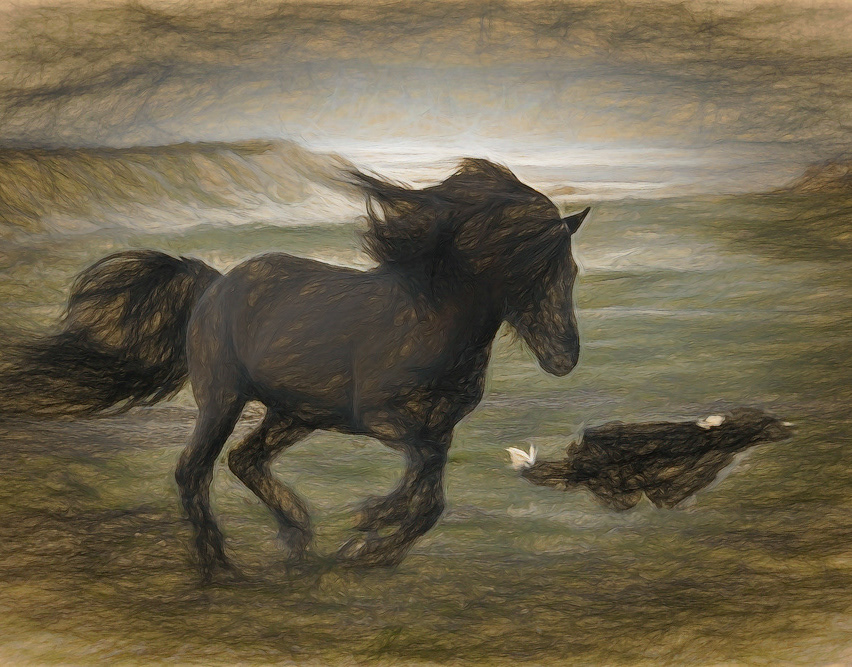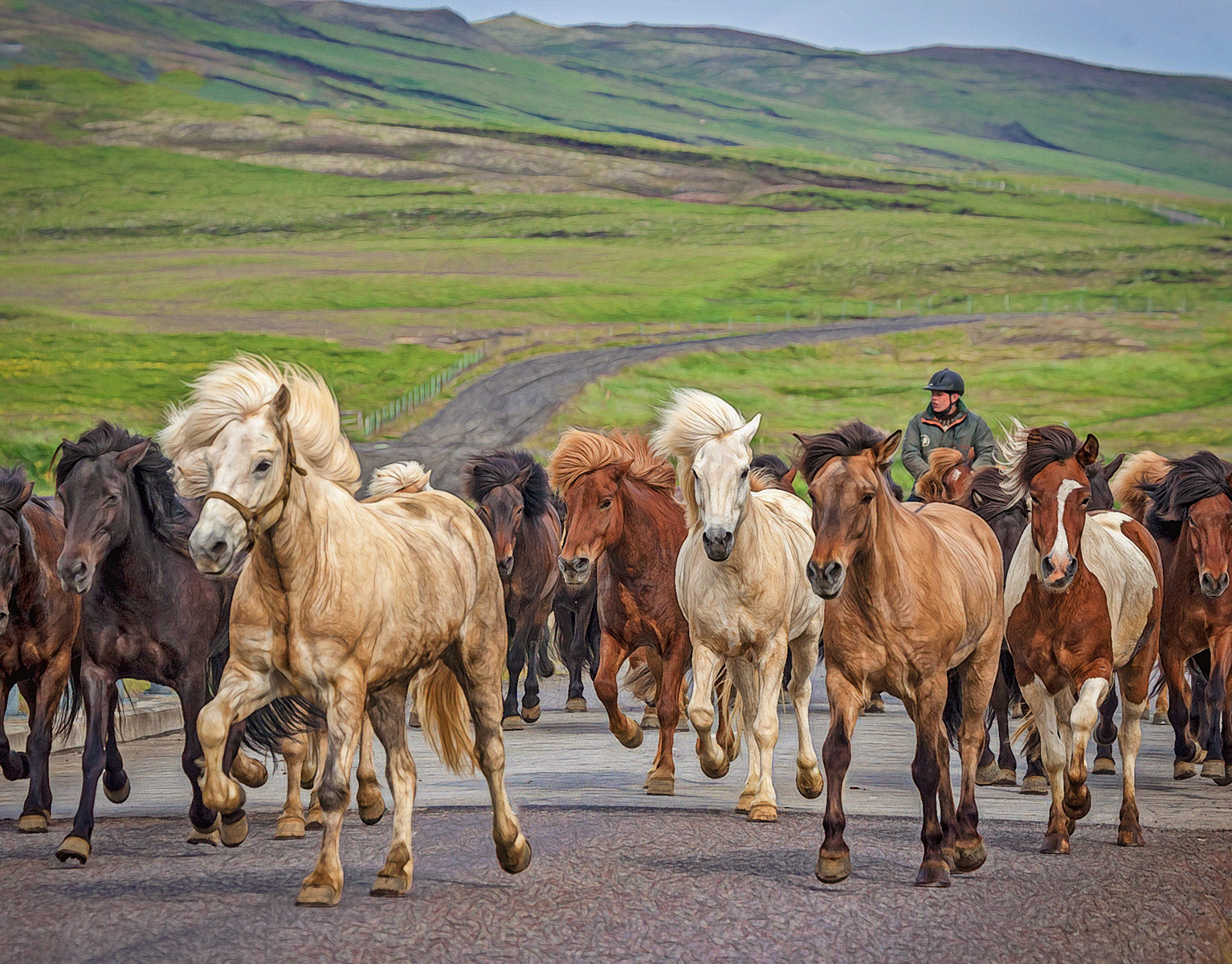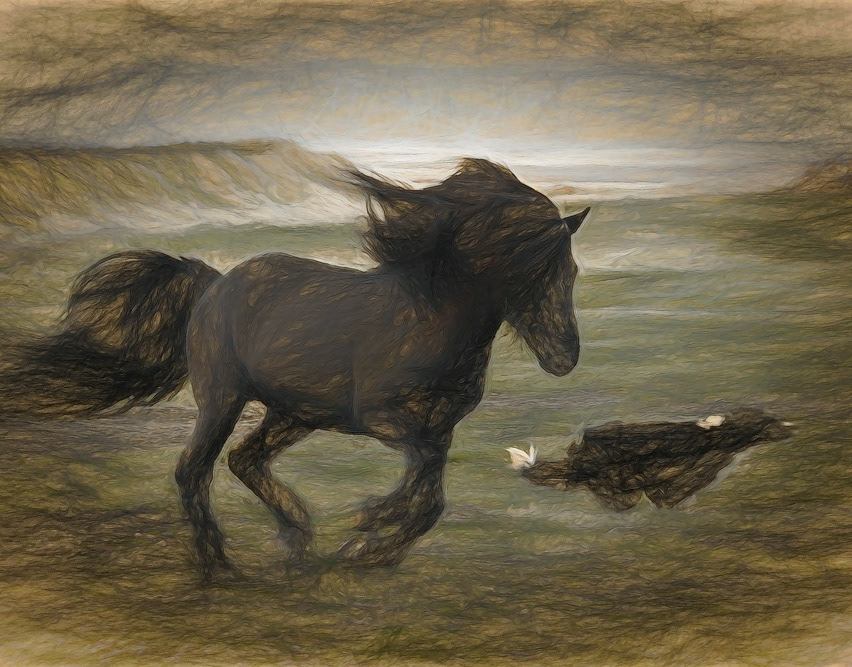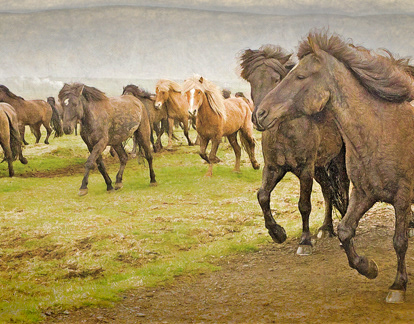

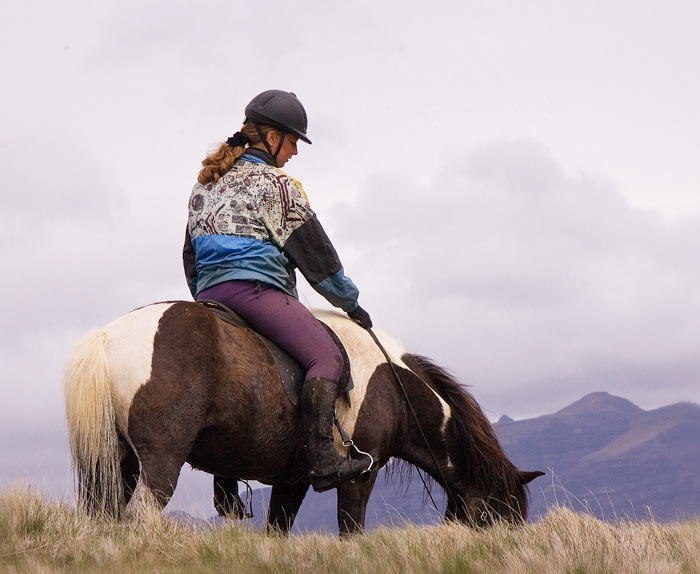
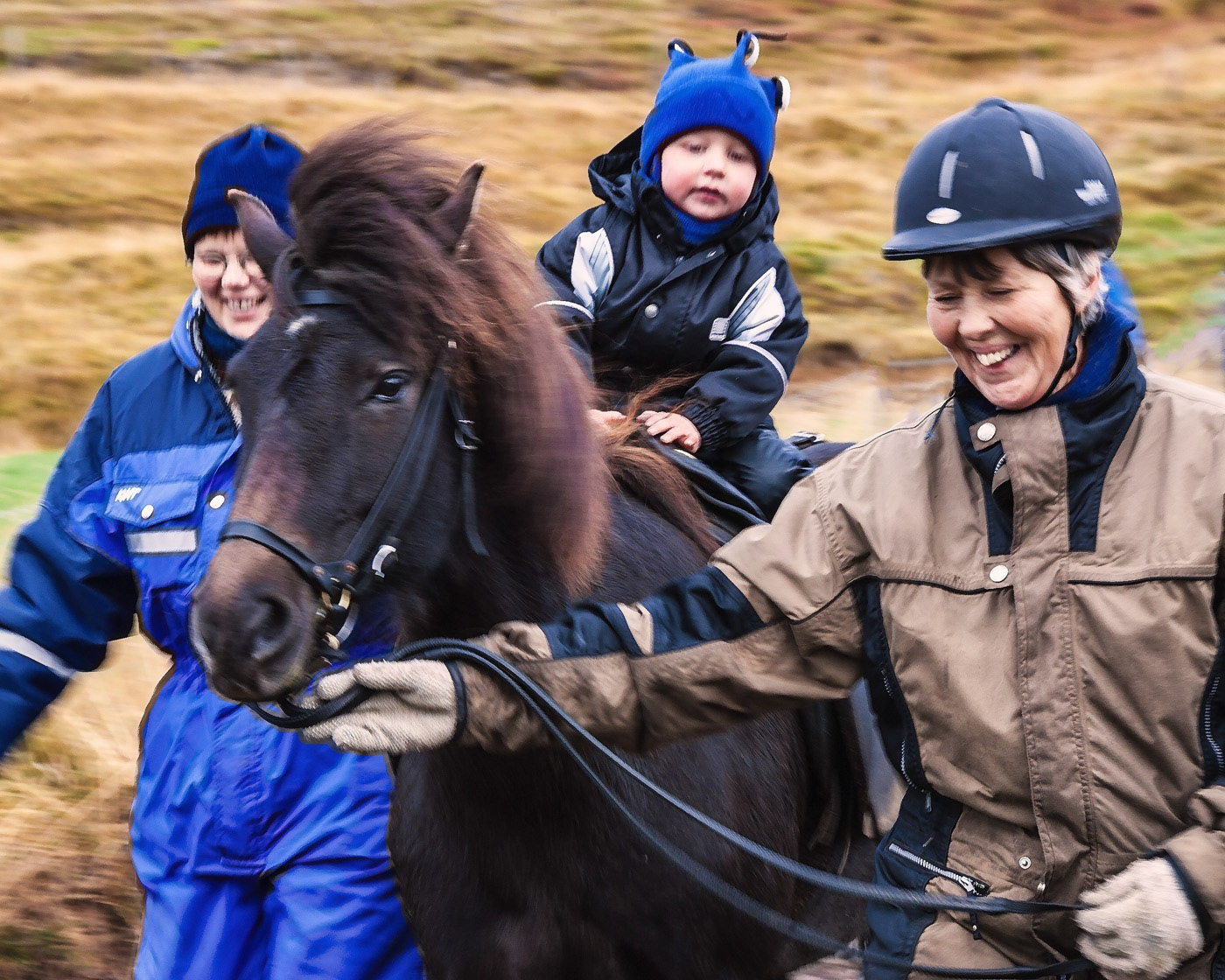
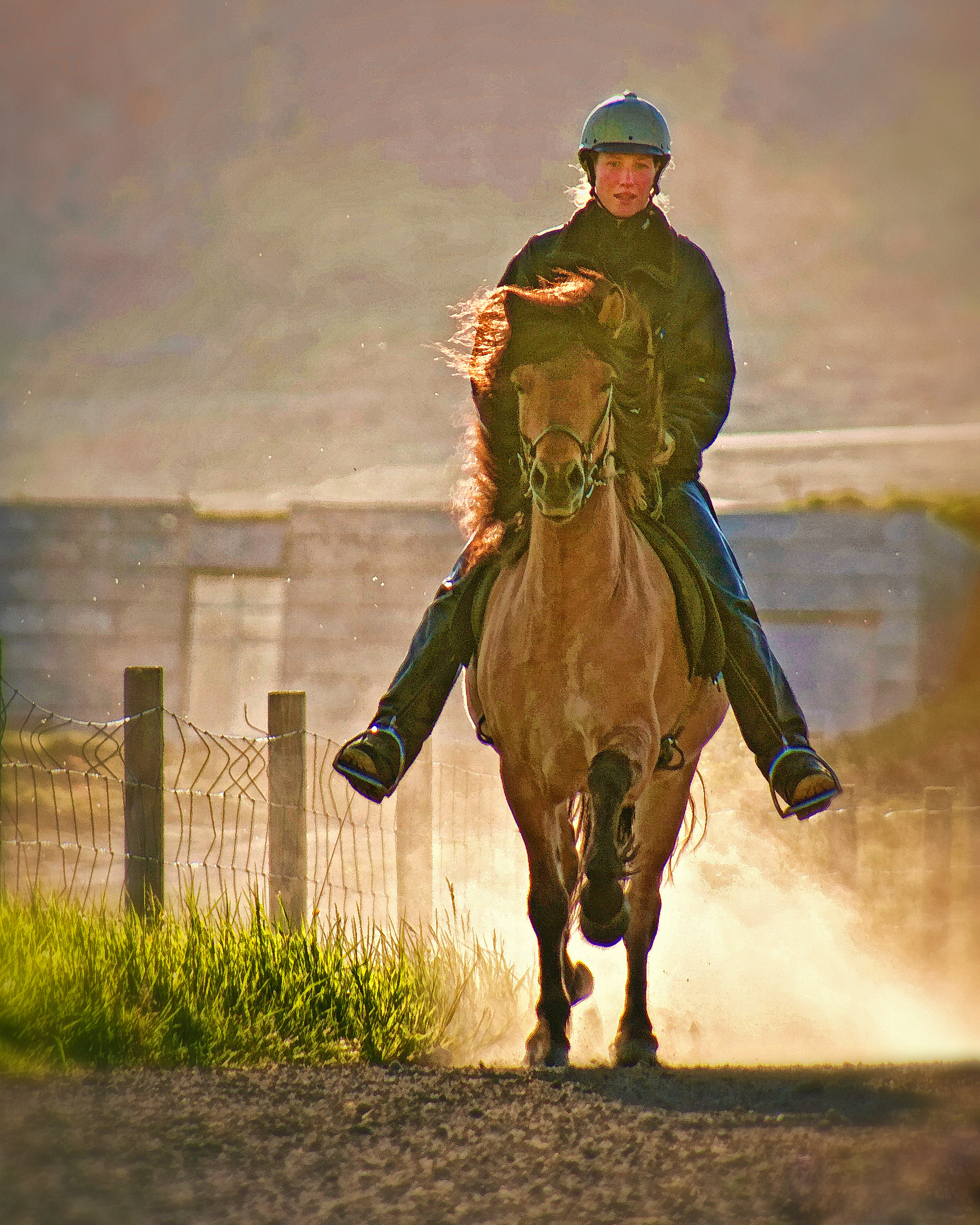
Every breed of horse is the direct result of the needs and desires of the culture that has created it!
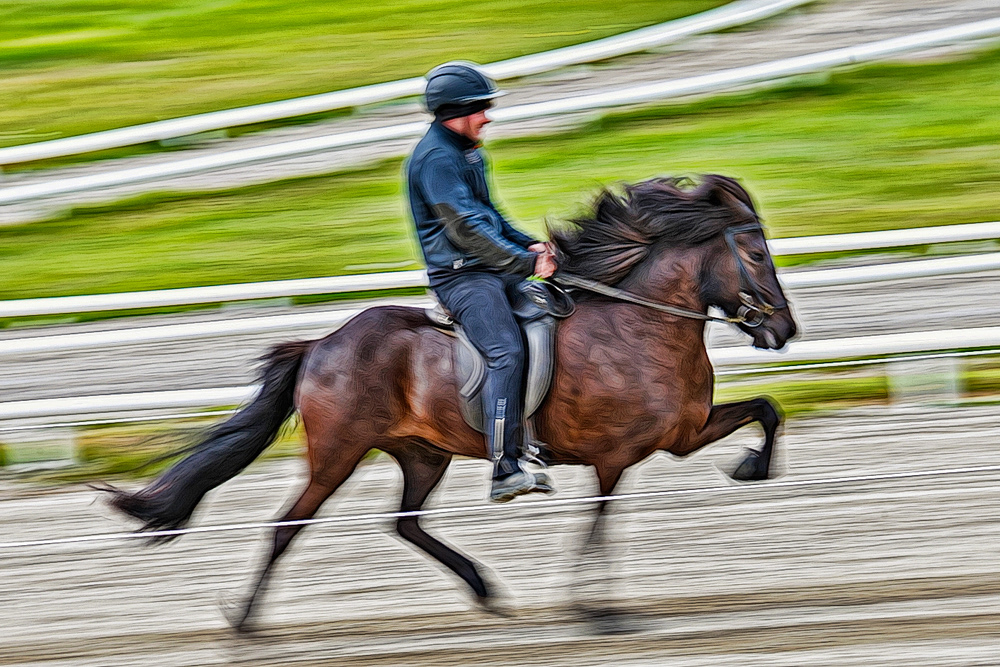
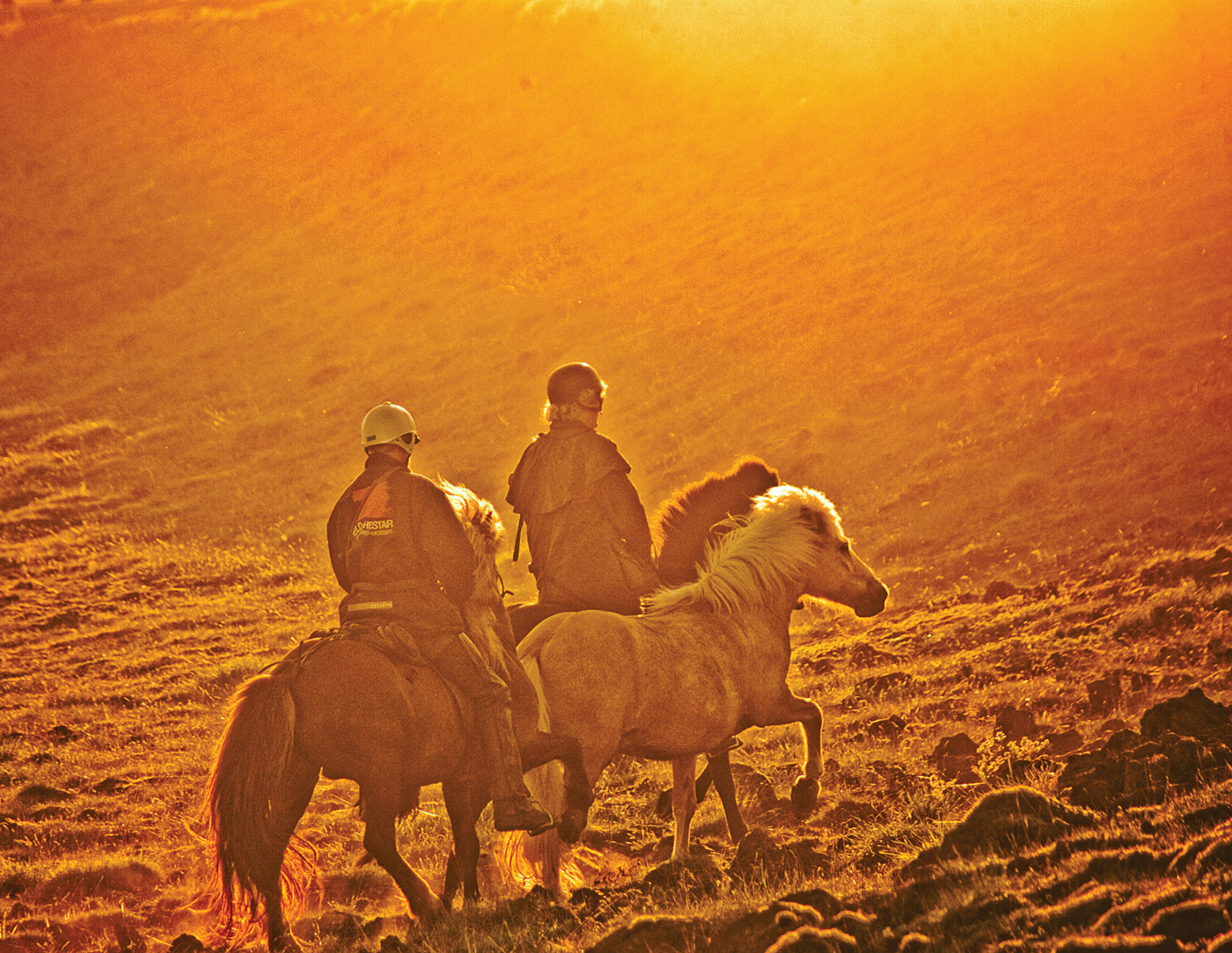
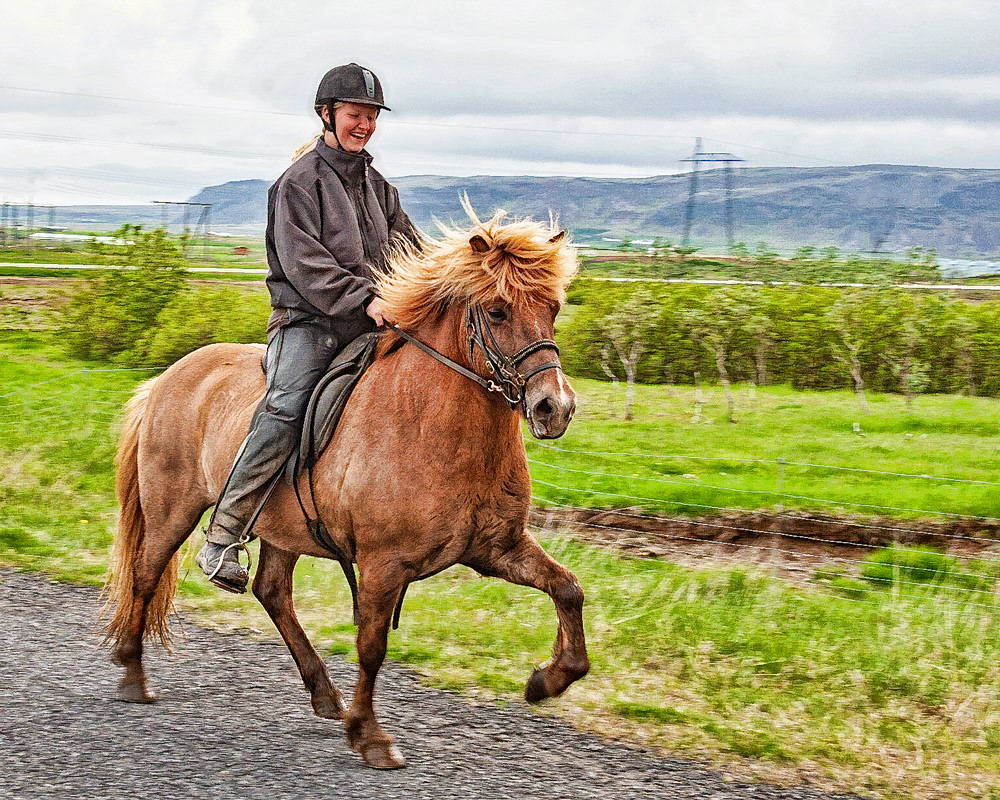

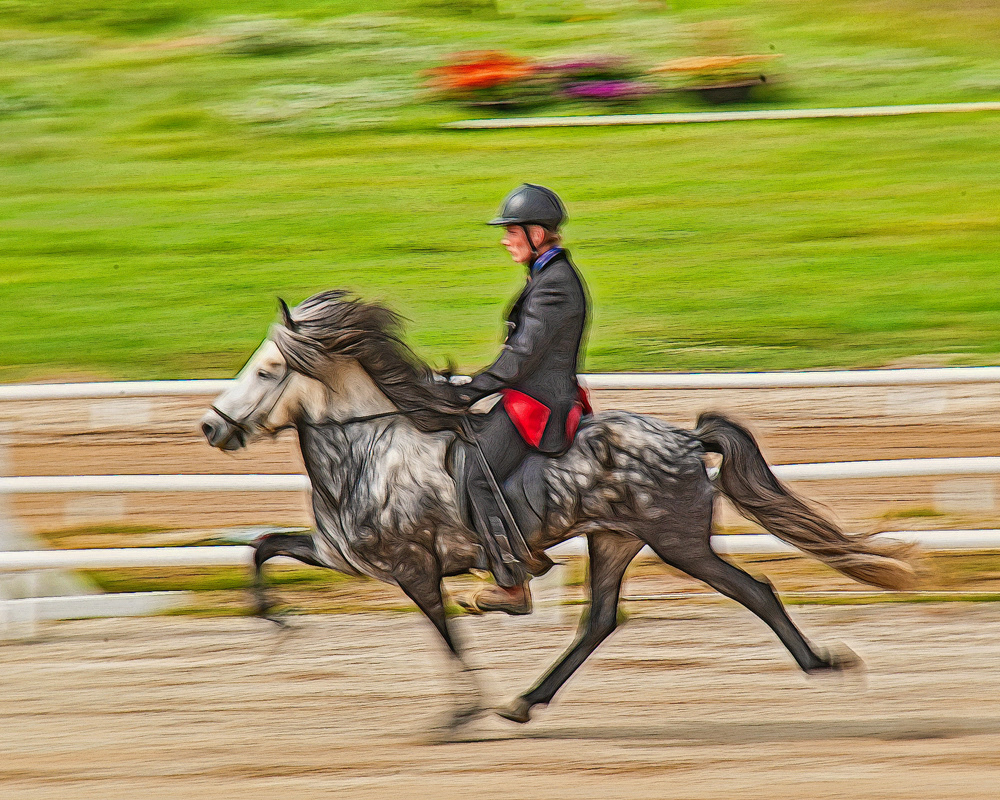
HE CAME: HE SAW: HE CONQUERED!
Whereas these words were originally said about Julius Caesar, they are even true when it comes to the Icelandic Horse. To know the Icelandic Horse is to fall in love with him!

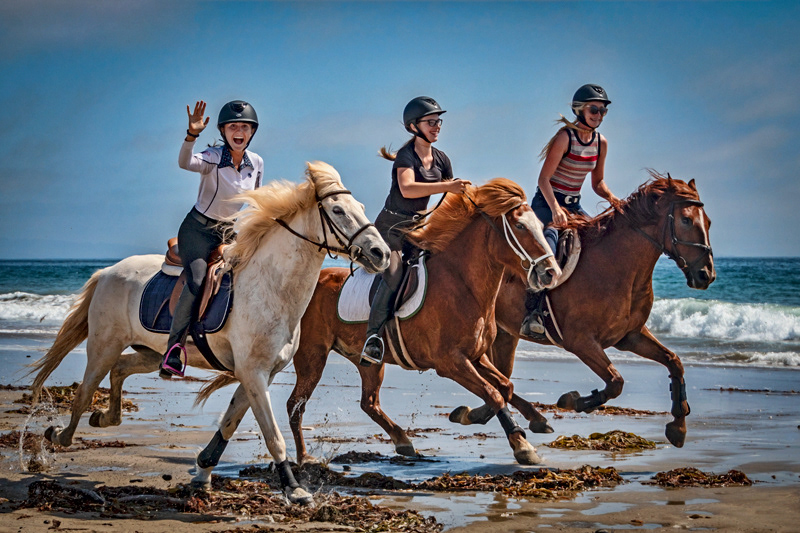
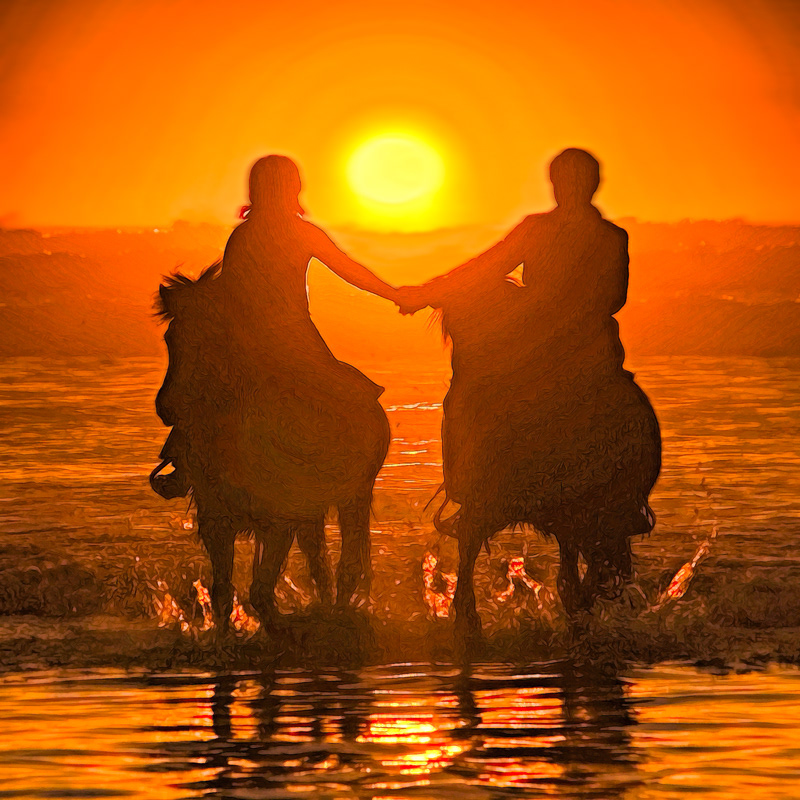
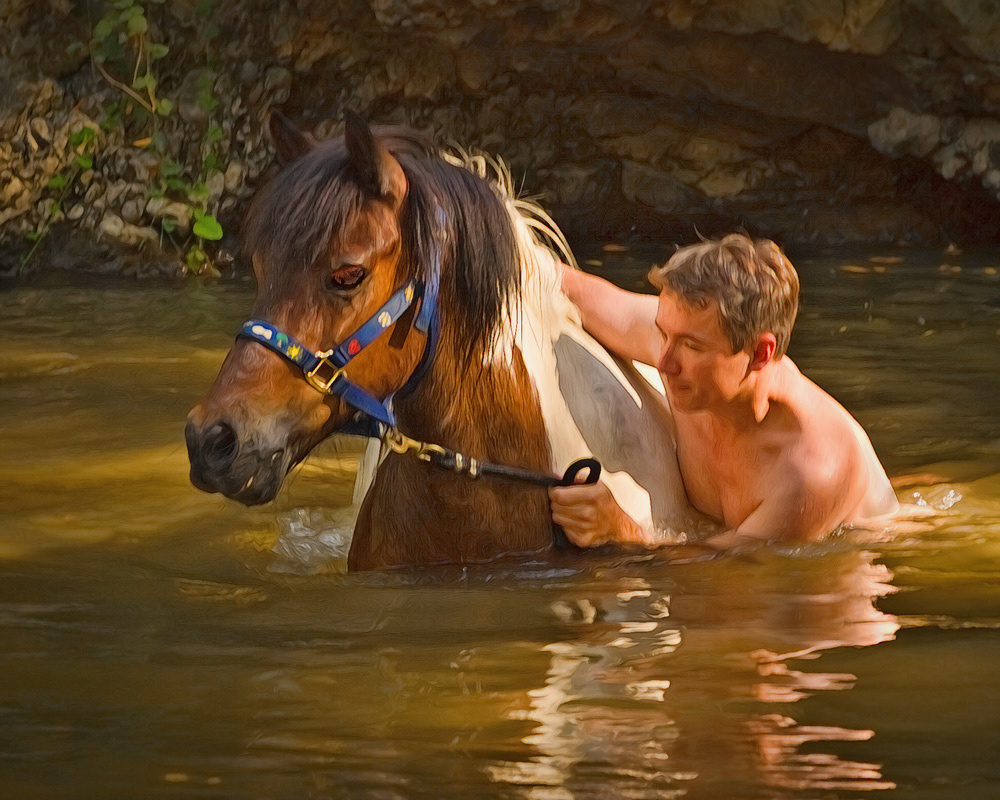
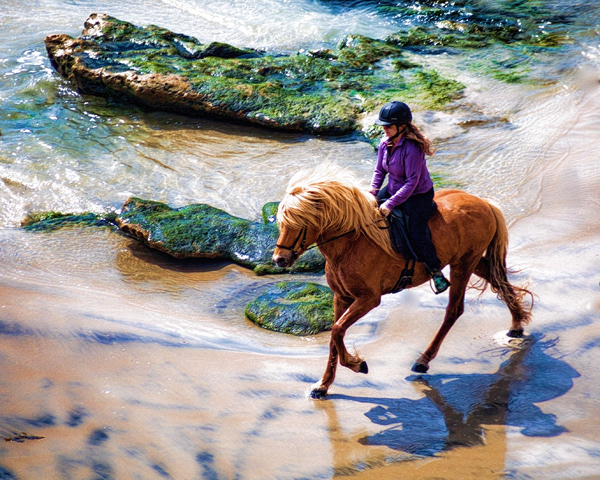
In the nineteen-sixties, when the Icelandic Horse first was exported to Europe as a riding horse, his trademark became his potential to perform in five separate gaits. At the time there were no other gaited breeds in Europe so this ability was considered his best selling point.
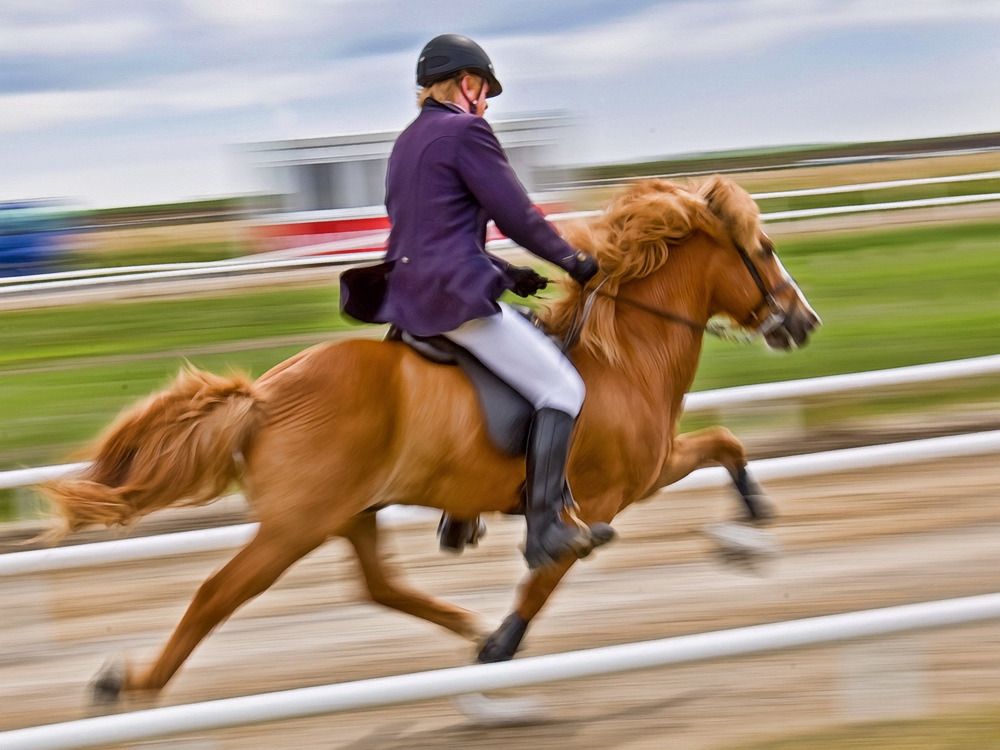

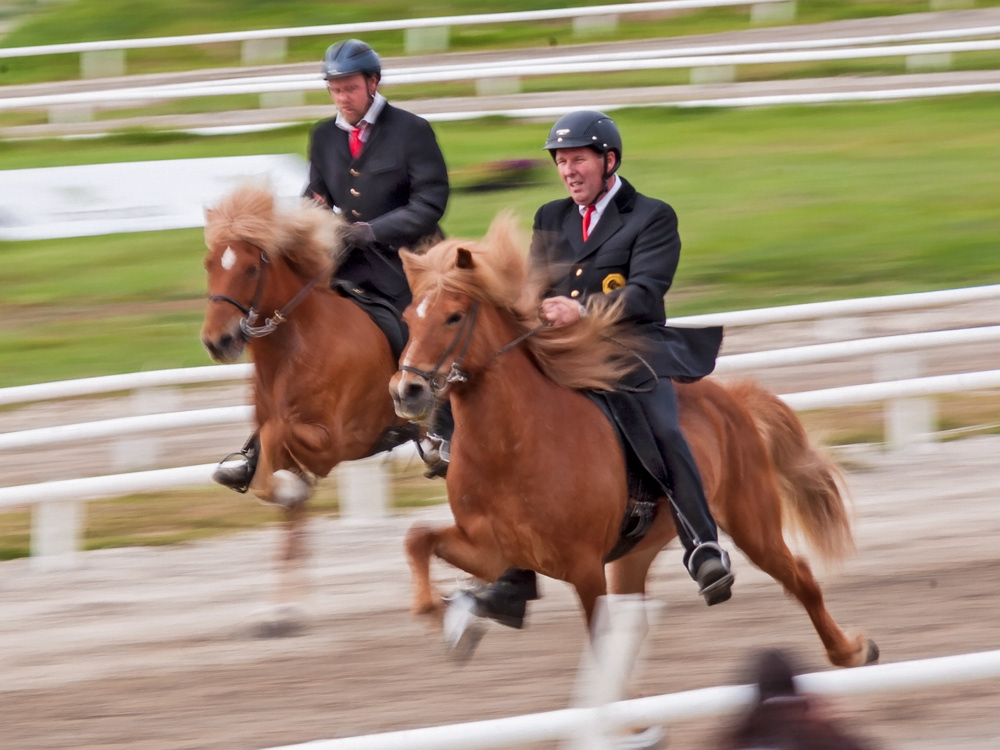
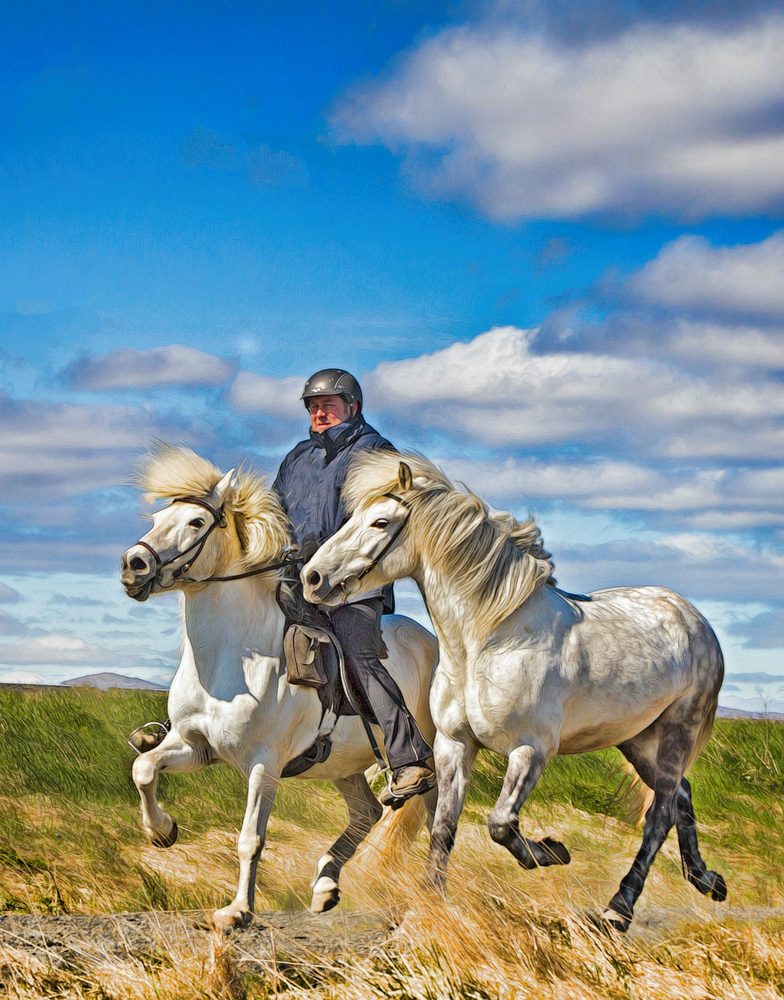
It wasn't just the novelty and comfort of the gaits that attracted people, it was just as much the beauty of his energetic motion: his speed, his flexibility, his light feet, his long elevated stride, and his ability to work off of his hind part.
He became both a wonderful pleasure horse and a spectacular show horse.




But wait there is more! To me, at least, the most important thing about the Icelandic Horse is his fun-loving character: his charisma, his desire to please, his street smarts, his love of moving, his need for speed, and most of all his ability to forgive the inevitable mistakes even the most compassionate horse owner makes.


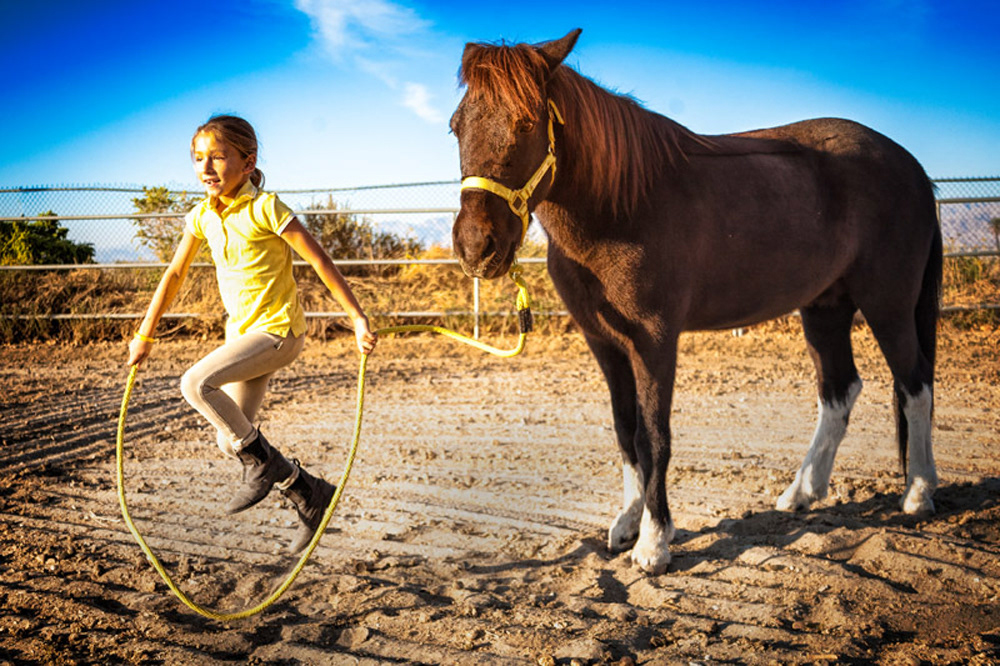
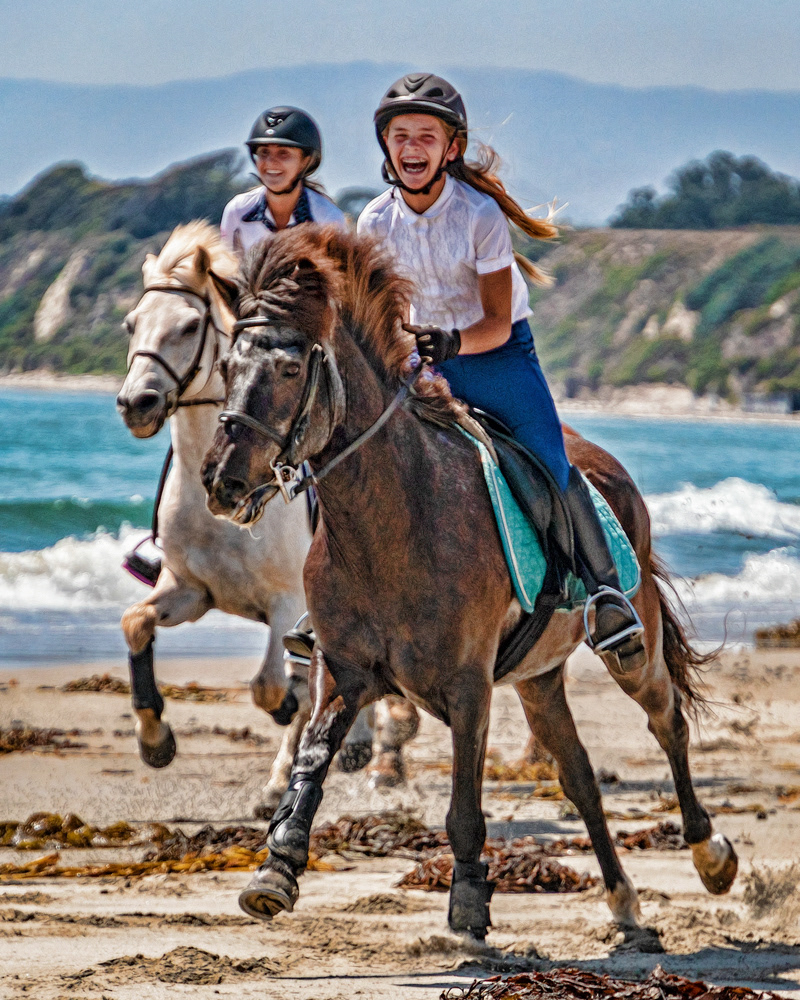
At one of the seven times our group participated in the Rose Parade announcer--Bob Eubanks--said. "The Icelandic Horse is more than a horse, he is a friend. To me, that was an incredible moment. It completely echoed my beliefs. No truer words have ever been said.
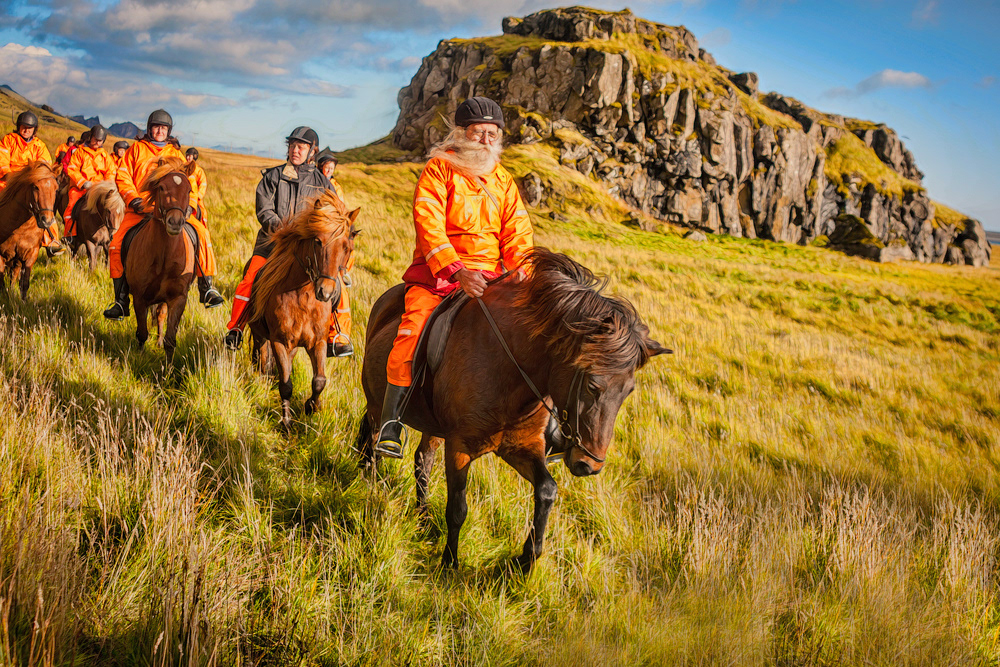
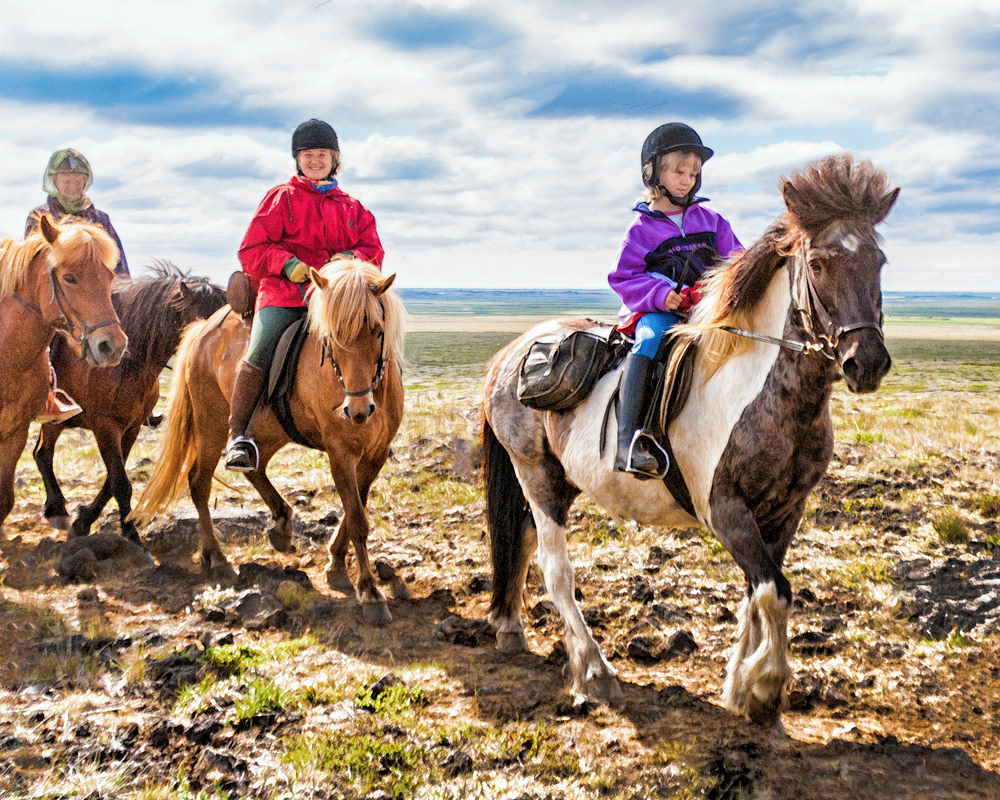
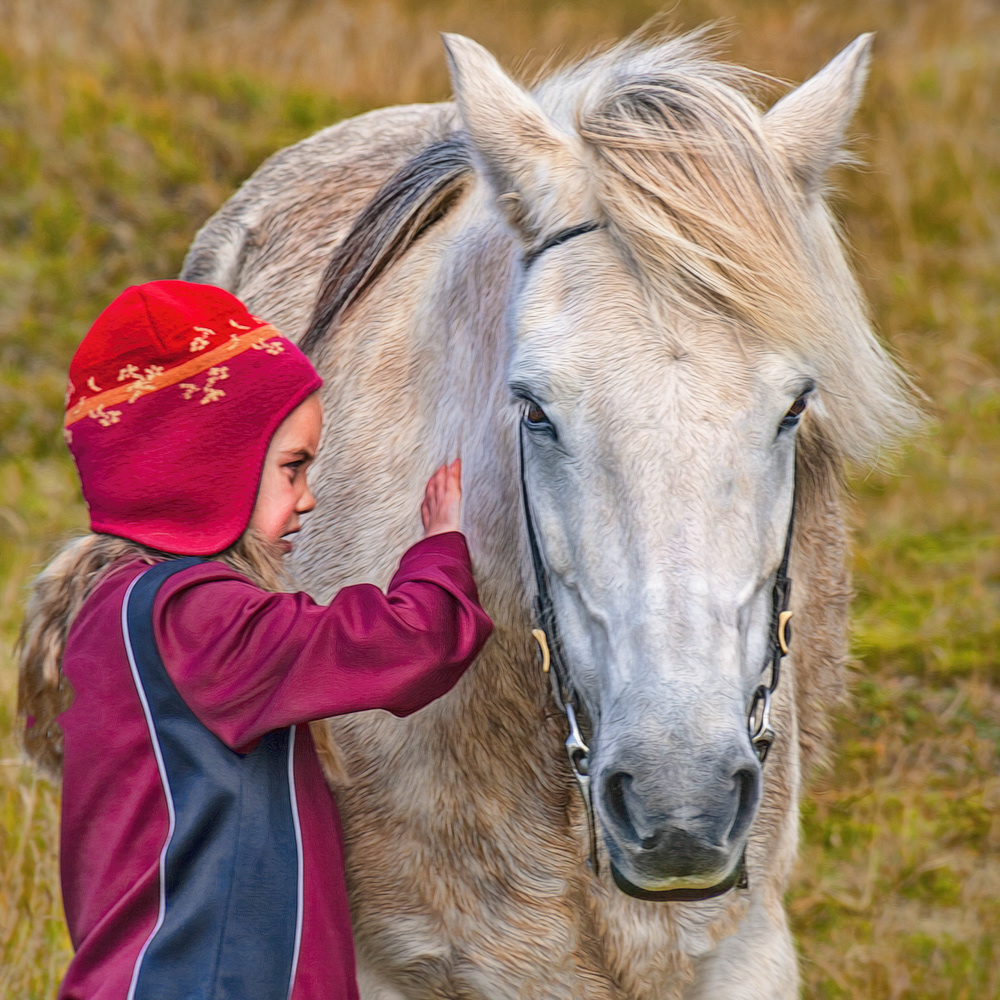

And then there is the story of Tulle--who lived to be the oldest Icelandic Horse. She came from Iceland to Denmark when Icelandic Horses were used to do the work on the small farms there.
At 30, after having had several other owners she was bought by an elderly man who drove from farm to farm, picking up milk and bringing it to the dairy. Together,the two worked happily together until Tulle became 50. Then they retired.
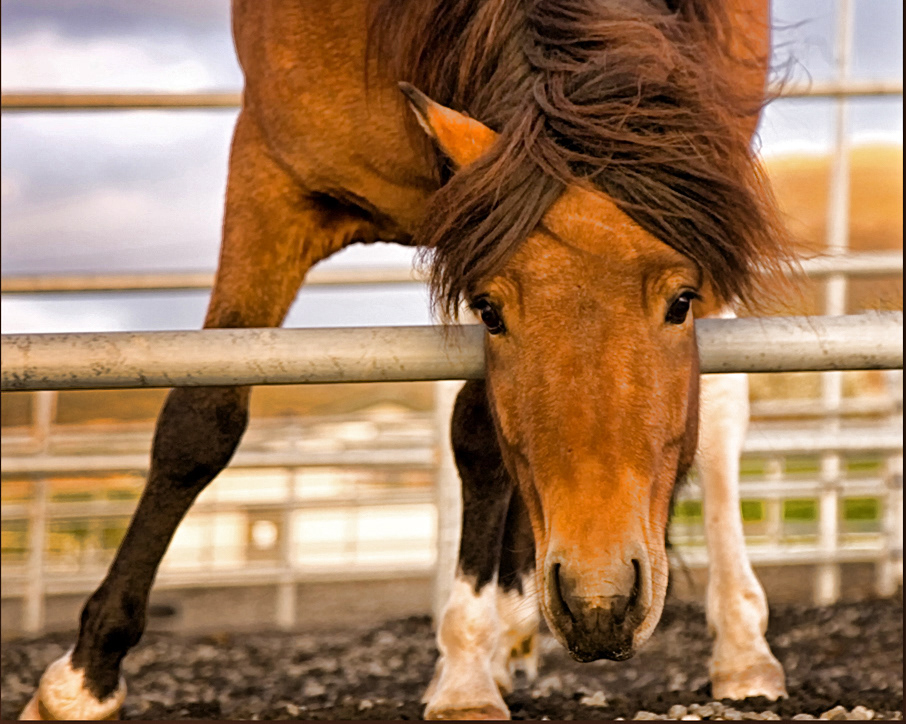
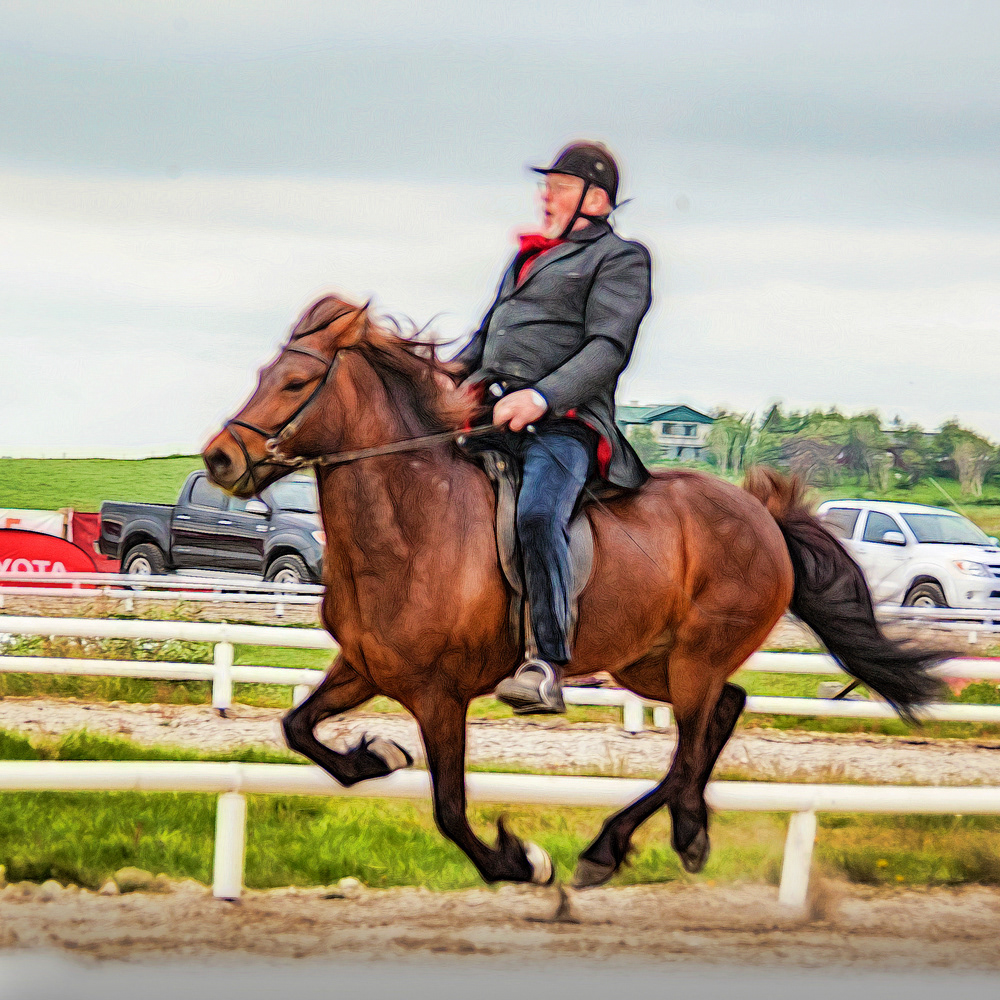

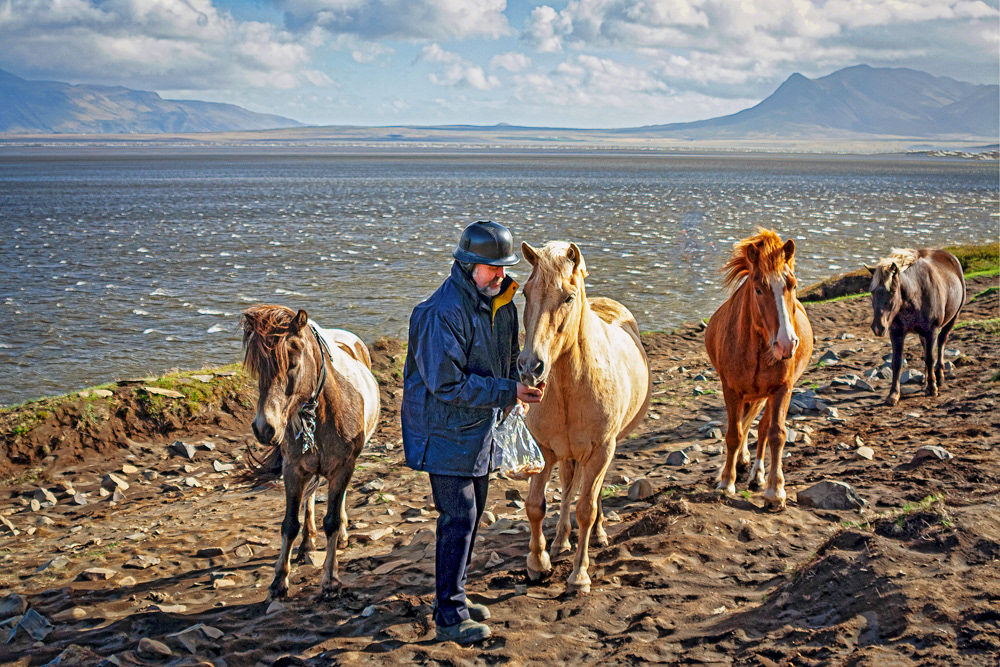
After that, they still spend almost all day and every day together just hanging out. One day, the old man decided he wanted to plant a small vegetable garden. He went to his plow and hitched Tulle to it. But when he asked her to move forward, she refused to move budge. "We are retired, remember", she said
Sighing, he unhitched her and hitched himself to the plow, instead. Upon seeing that, Tulle shook her head and went to nudge him away. "Be that way," she said and once rehitched moved forward willingly.
The old man died when Tulle was 57 years old. Although taken well care in the aftermath, she died shortly after. After her friend's death, she no longer had any reason to live.

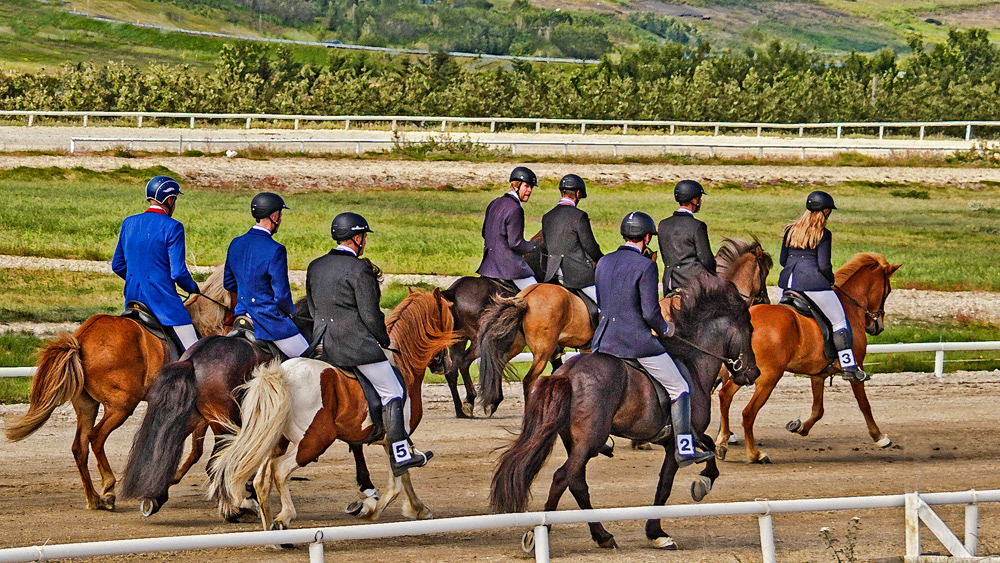
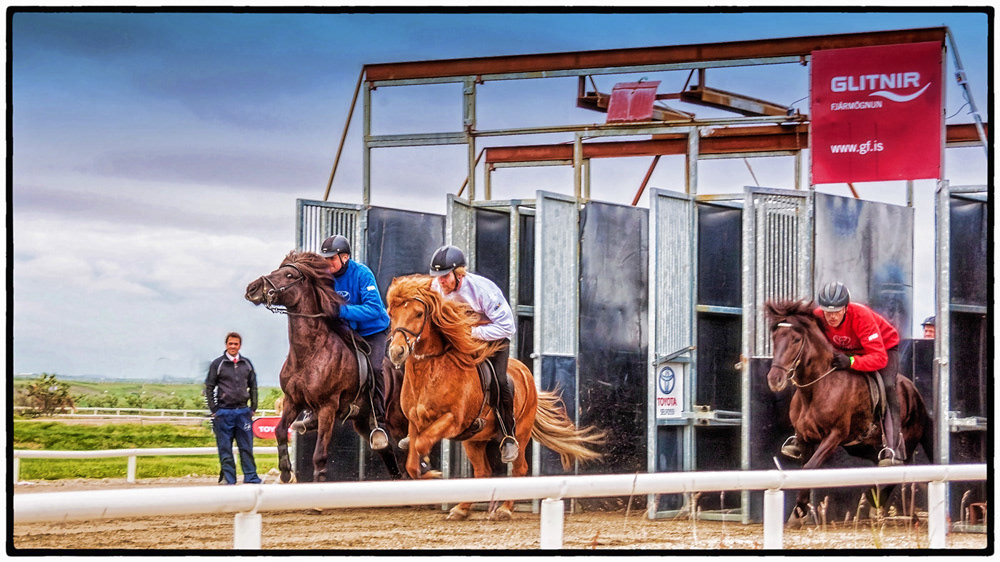
In the nineteen-sixties when the European Icelandic Horse craze began, the interest in horses and riding was just starting to resurface in Iceland as well as Europe.
Before this new development, everyone had created his own breeding goals in Iceland. The honorary stud book included only 1100 entries (1000 mares and 100 stallions) "You can't ride on papers," the farmers agreed with each other.
Landsmot--The National Icelandic Horse Championship--was held every four years and were great social gatherings attended by about 10,000 people most of whom rode to the event and camped there. Participation was (as it is even today) by invitation only.
There were riding classes as well as breed evaluations. Only a handful of stallions and mares were eligible to be judged. The lucky few were selected by the government horse consultant on his travels around the country. You couldn't just sign up. You had to be chosen. Winning and participation was all about honor rather than monetary gain.
The biggest compliment a horse could get was that he was letleikin. It meant he was light-footed as well as lighthearted and playful.
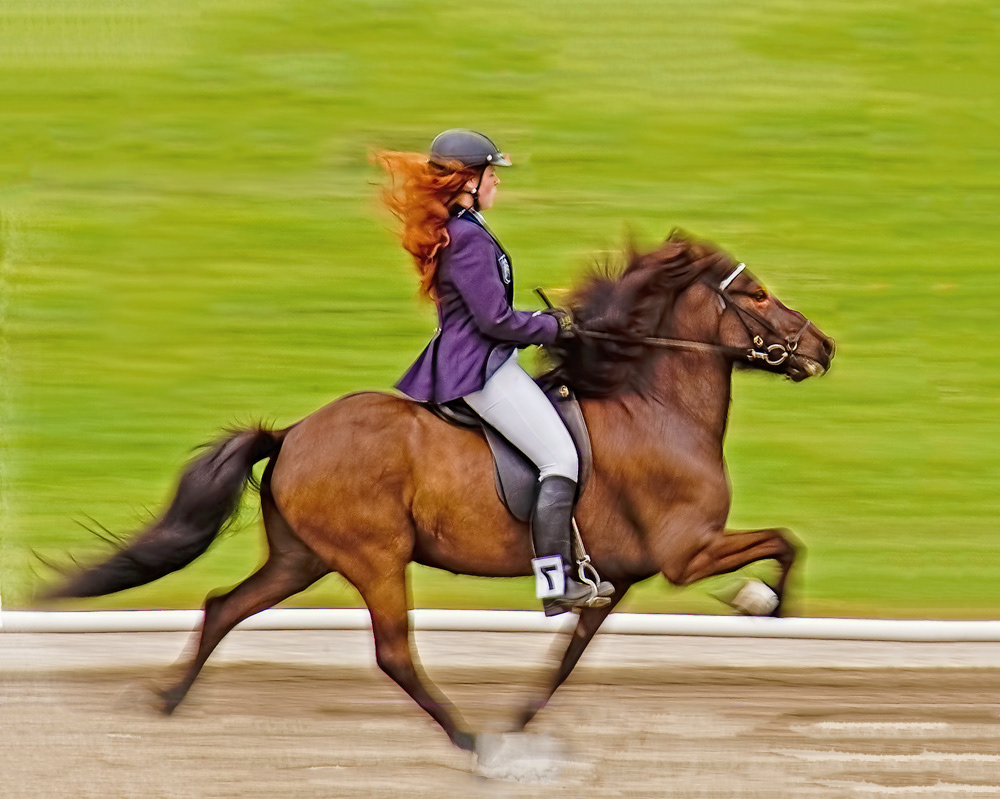
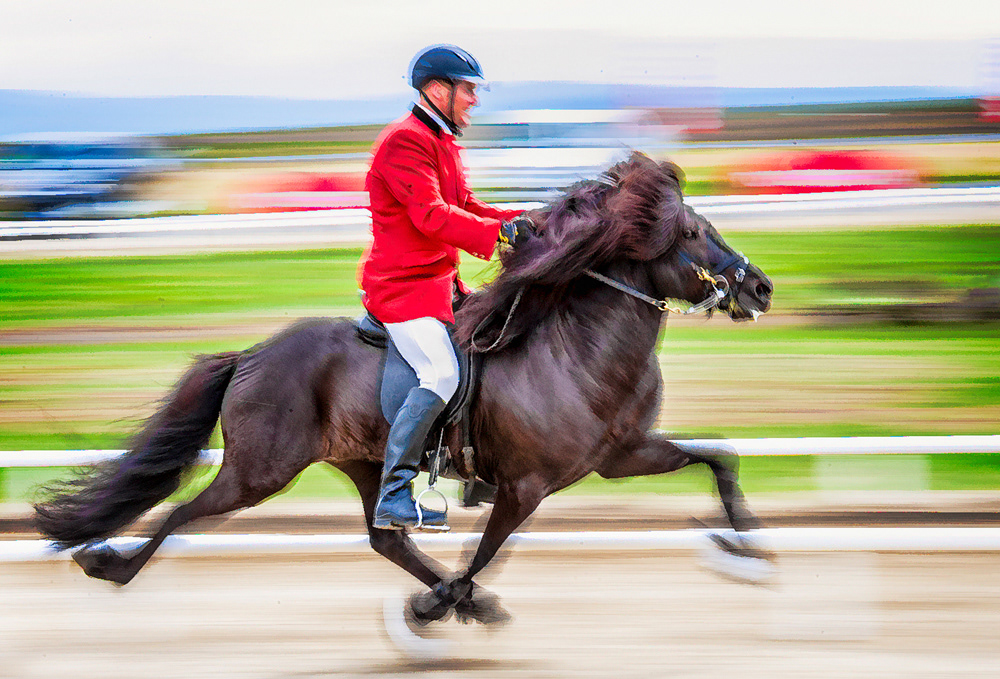

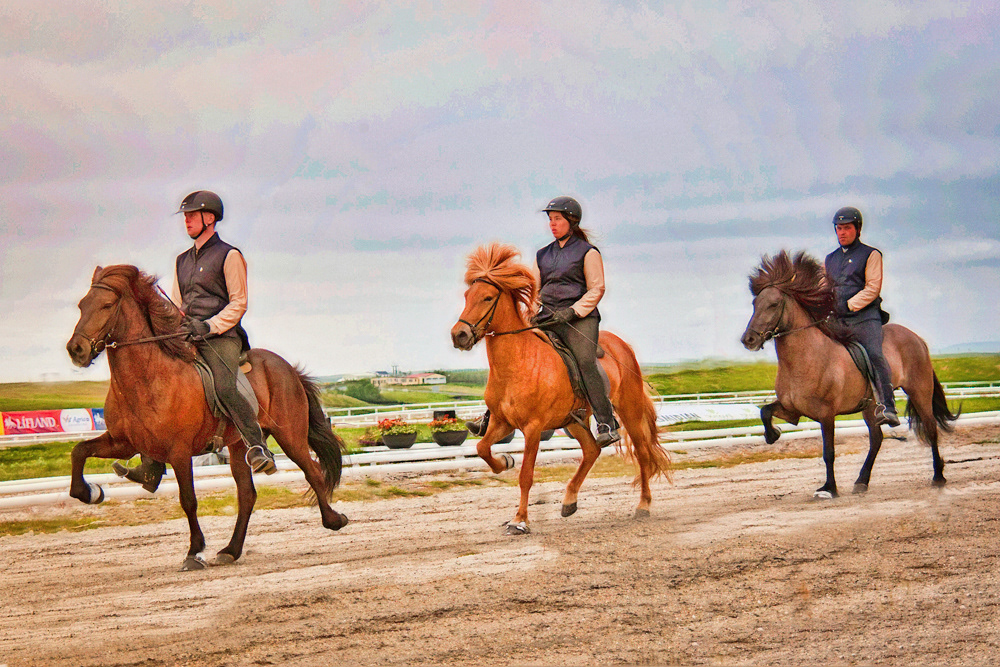
In time, the old norms changed. Not only were papers with pedigrees needed if a horse was to be exported to a European country but especially the Germans were keen on competition and official assessments. FEIF, the European Icelandic Horse Federation was founded early on and each country formed its own association and registry.
Money began to talk. Especially the Germans wanted bigger and flashier horses with--go figure--a more of a horsey look than the typical Icelandic Horse one.
Nonetheless, the European show and judging scene was fun. People were passionate about the movement and traveled from all over Europe to take part in or spectate the international shows. All night parties were enjoyed by everyone.
Horses and riders came from Iceland to participate. And since they could not go back home, they were sold at an auction at the end of the show. That event was always the high point of the show.
In the late seventies Icelandic Horses were brought to Canada by Arnold Faber, Linda Tellington Jones, and Linda's sisters. My ex-husband Fritz and I moved to California in 1978 we brought a DC8 planeload of our best horses.
Some years later the first horses came to the East Coast. Sometime in the nineties, I sold the first horse to go to Japan.
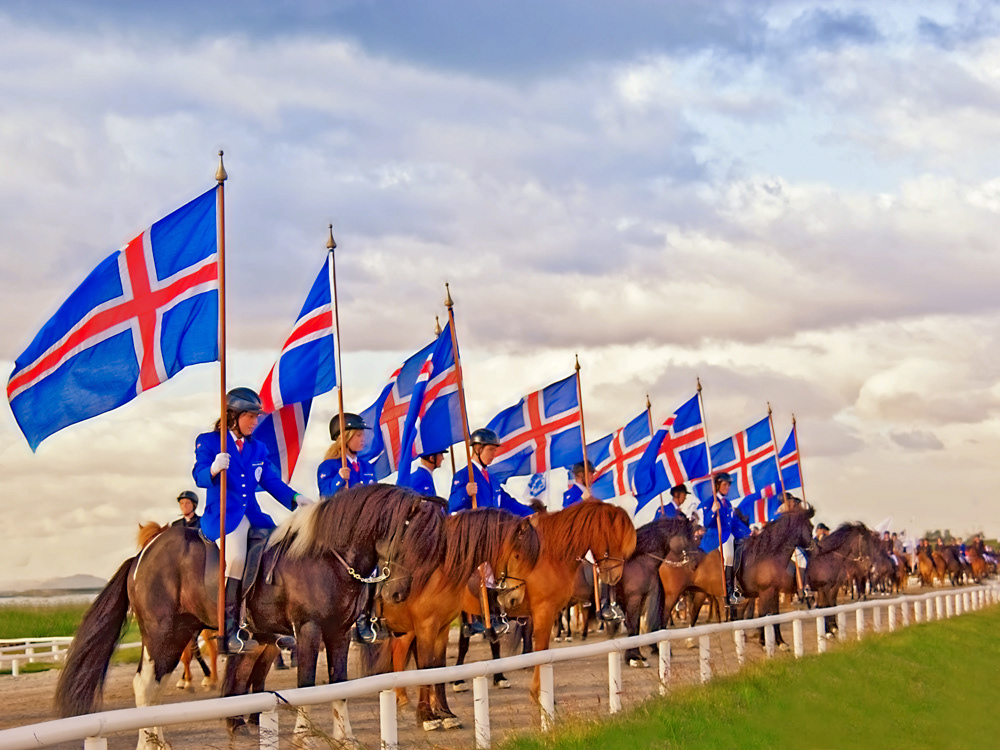
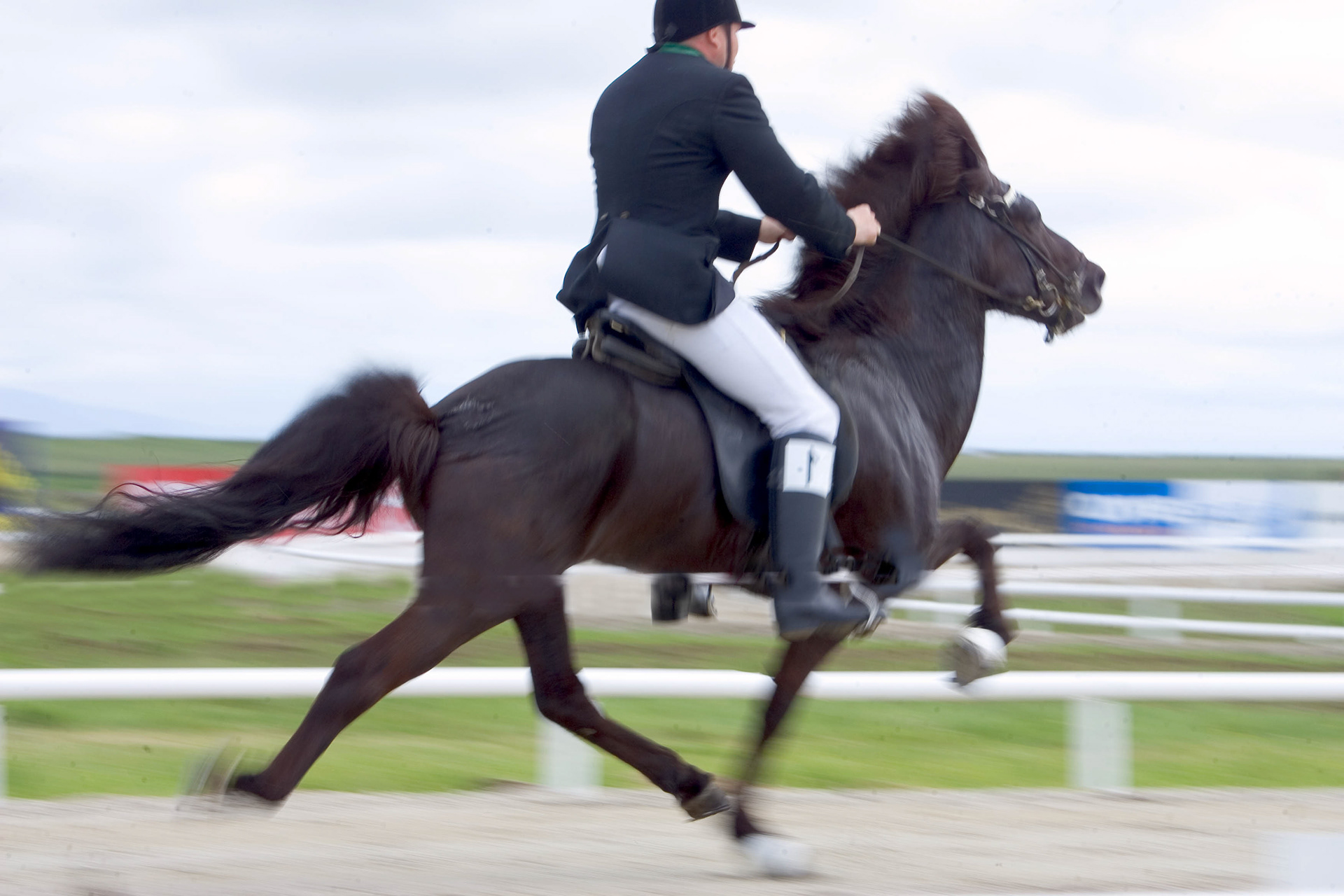


By and by as breeding became commercial and money became the major issue, the Landsmot changed. Top scoring stallions became fashionable, their progeny valuable, and their stud-fees considerable.
More and more horses were registered and judged. Some people began to be worry that what was previously treasured about the Icelandic Horse would be lost in the fray.
Luckily their fears were unfounded, although there have been several rough spots along the way.
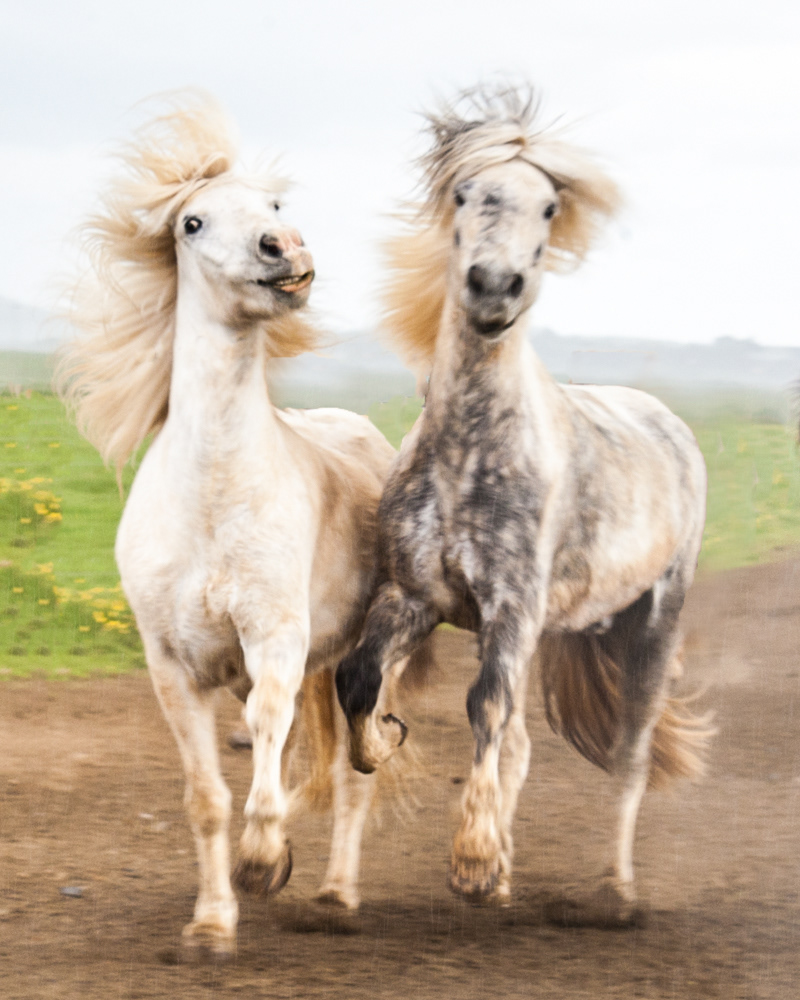
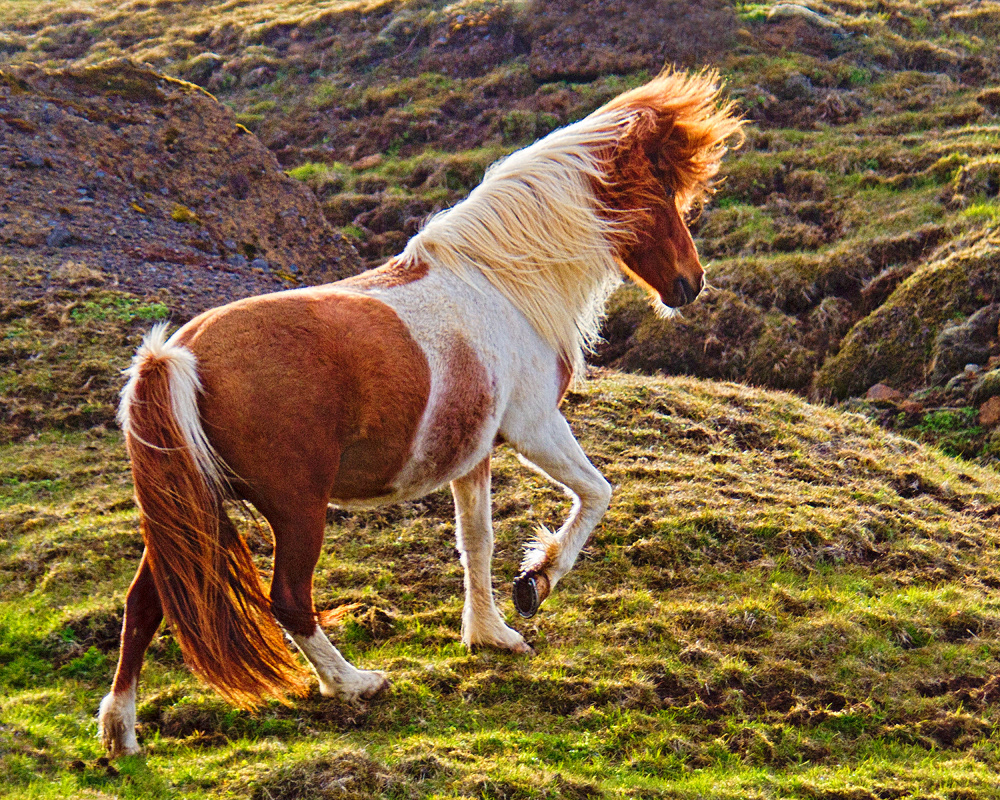
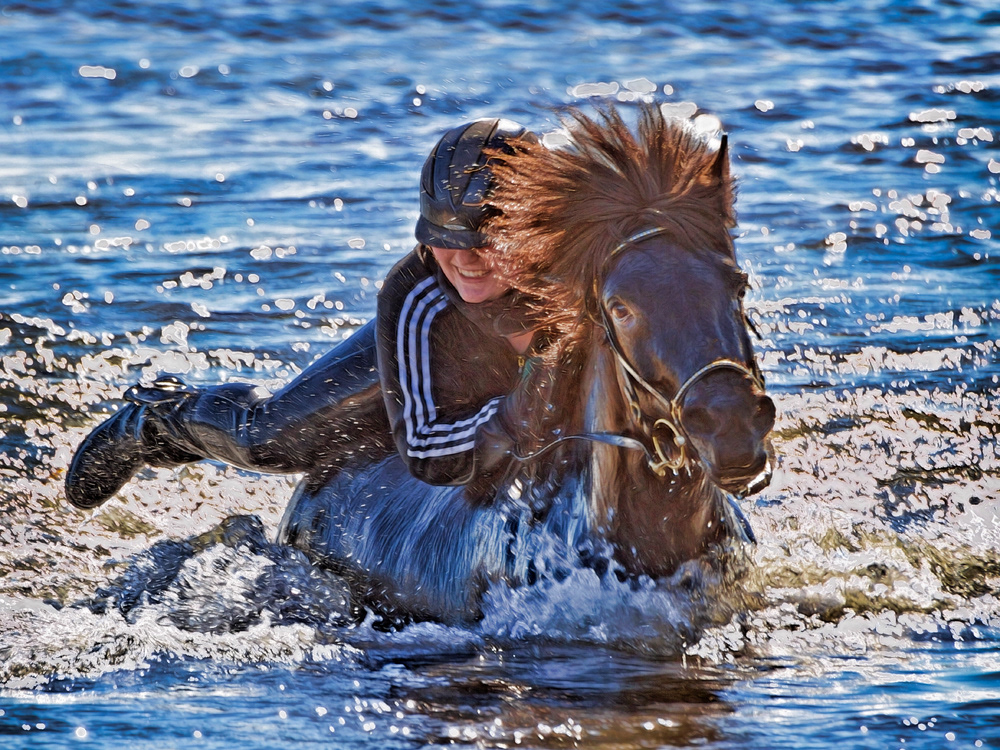

By definition, breeding competition horses is like playing the lottery--except at a far higher cost than ordinary tickets. In order for someone to win, many have to lose. The result lot of culls. Since, they have lost their value as show horses another market needs to be found. Unfortunately,their breeding seldom make them superior trail and family horses.
Furthermore, when you are breeding for show, your focus becomes focused on that which allots points causing the traits not required for winning to take a back seat. It's like modern medicine. You get a medicine to fix a symptom, but the cost is generally one or more side effects.
The good news are that the most important traits of the Icelandic Horse-- charisma, energy, street smarts and eagerness to please,were just as important in show horses as they are in family horses.
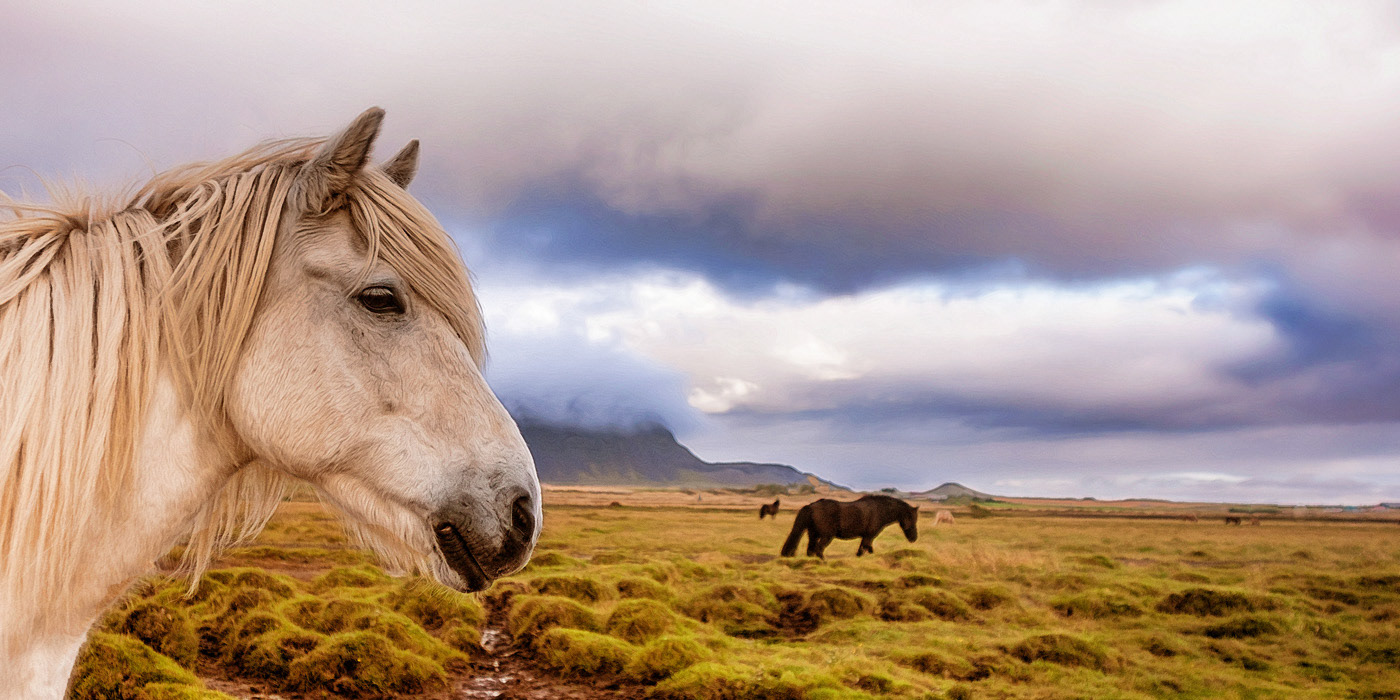
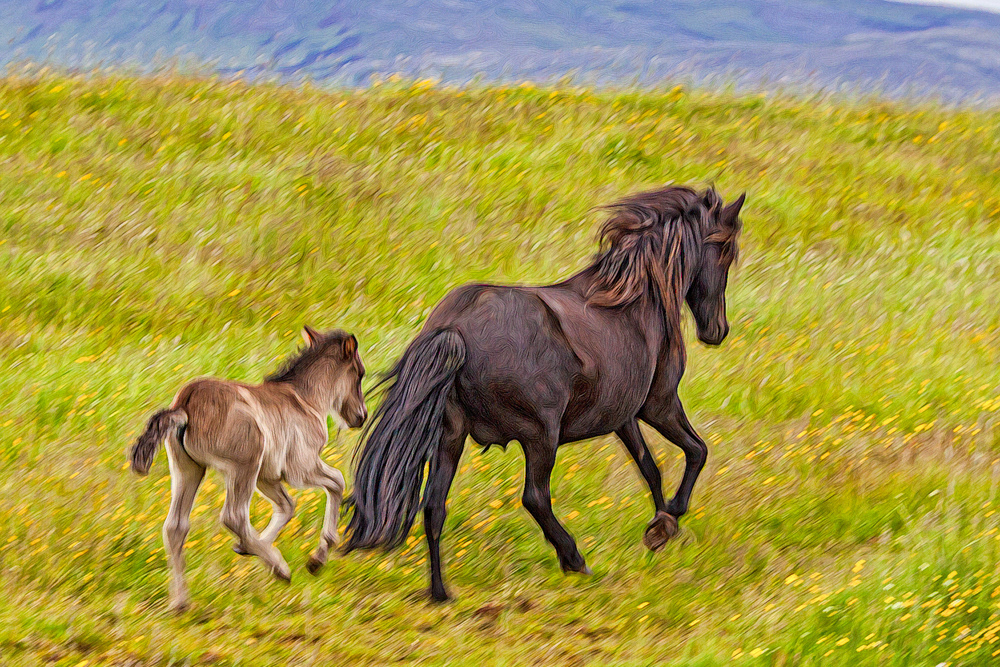

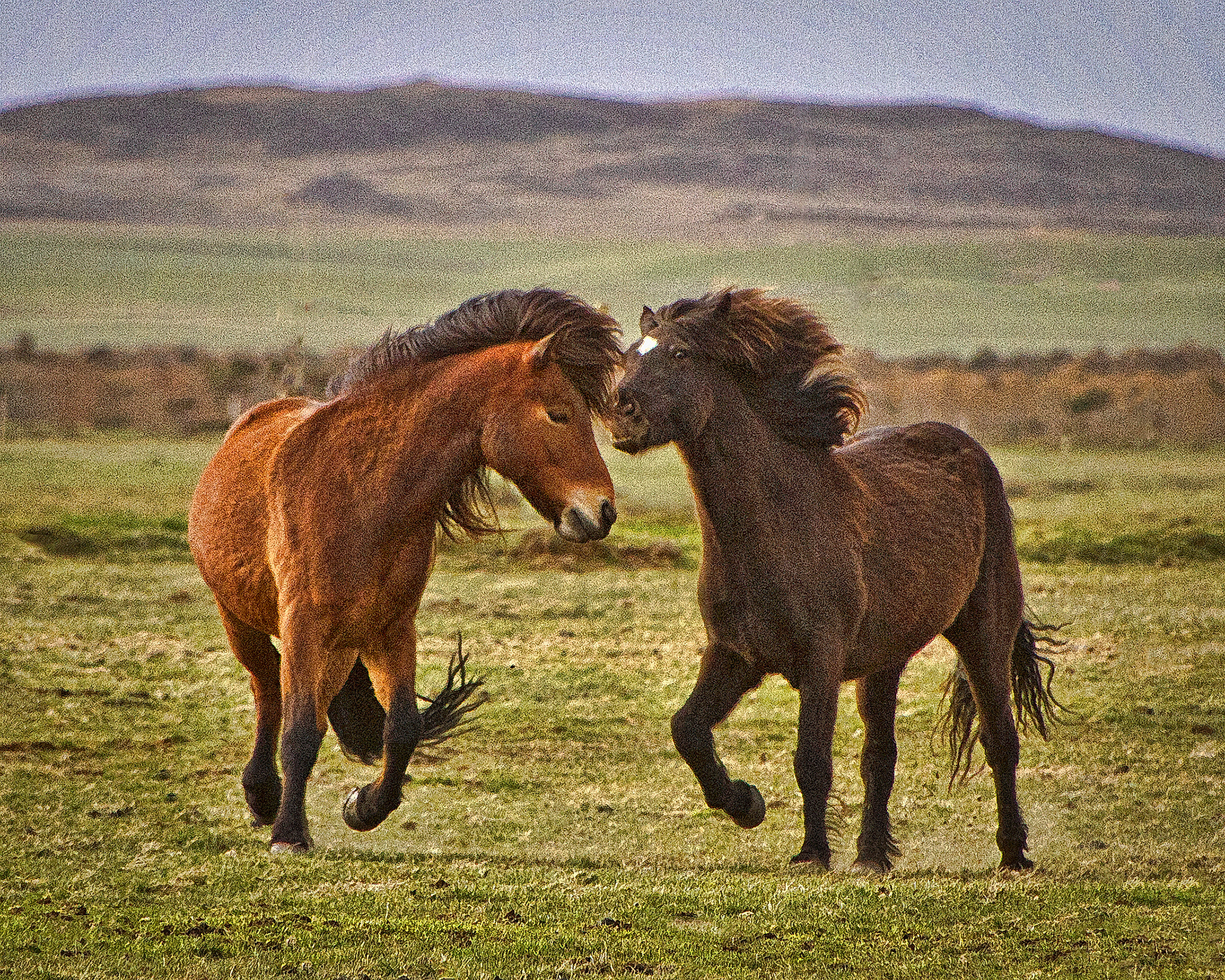
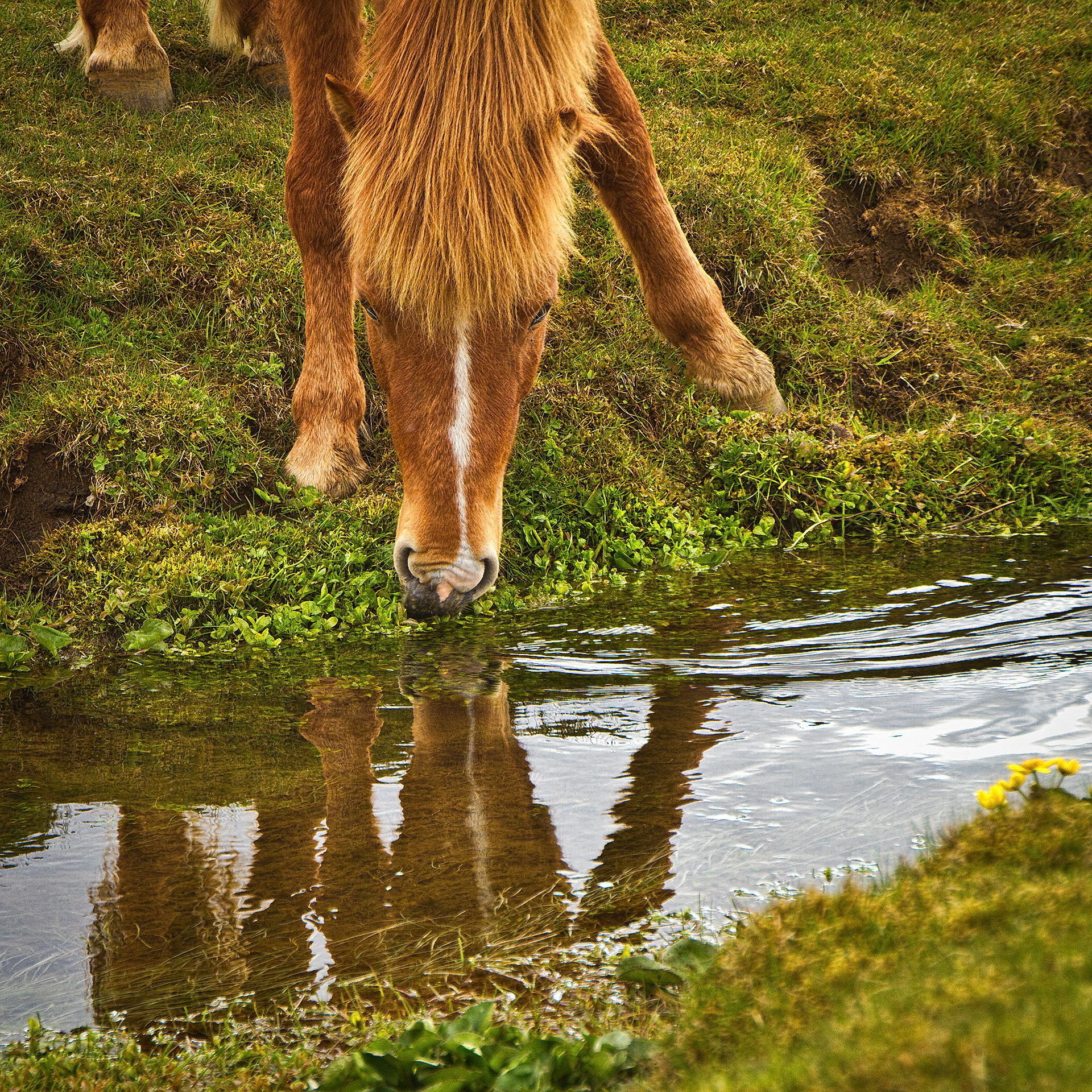
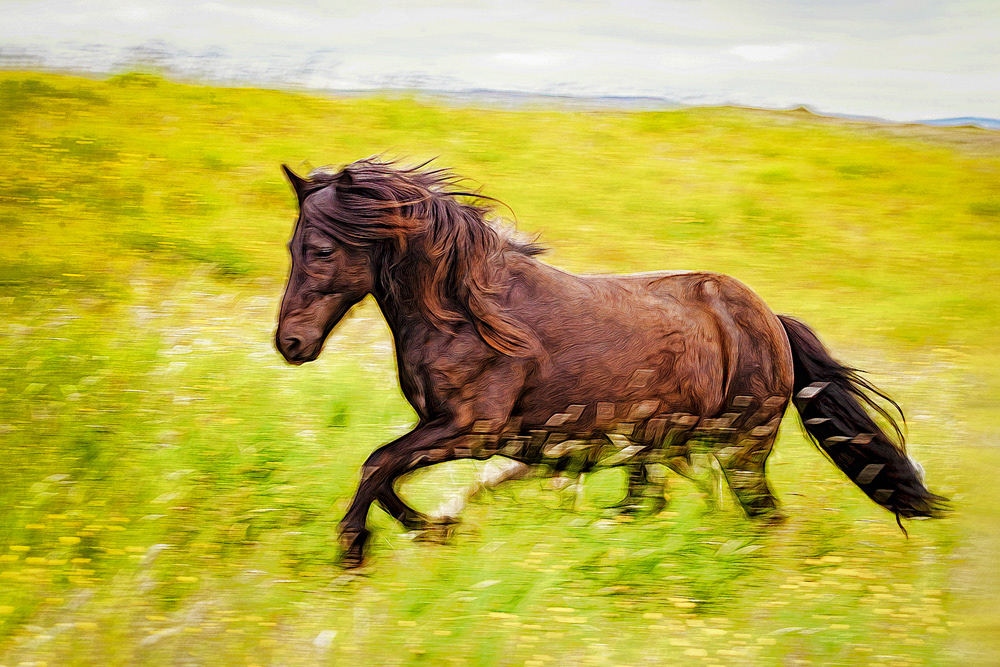
Furthermore, the Icelanders were proud of their horse and true to him. They still believed in the value of freedom and still allowed even their most expensive horses to grow up on the range like in the old days, with the exception that they now were given plenty to eat during the winter.
Even, today, pregnant brood mares valued at $100,000 are frequently turned out in the highlands with other horses during the summer. Here, they are left alone to be horses and to enjoy life. In what other culture than the Icelandic could something of that economic ramification possibly take place.
Also, the number of show horses being bred was still a drop of water in an ocean compared to the 50,000 horses in the country. No matter what, a huge gene pool remained to fall back on.
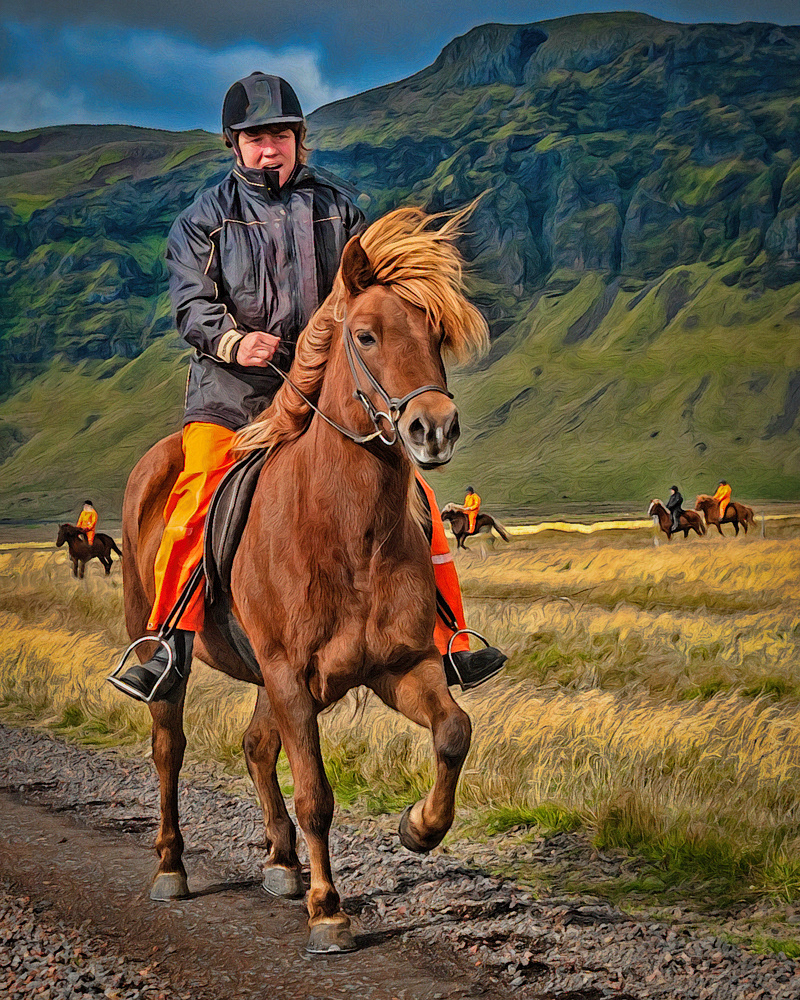

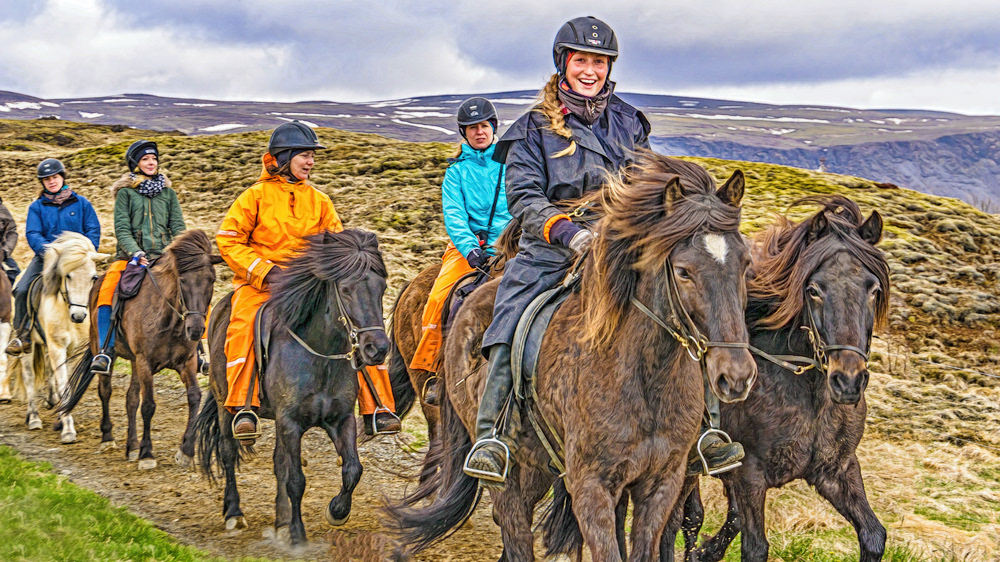
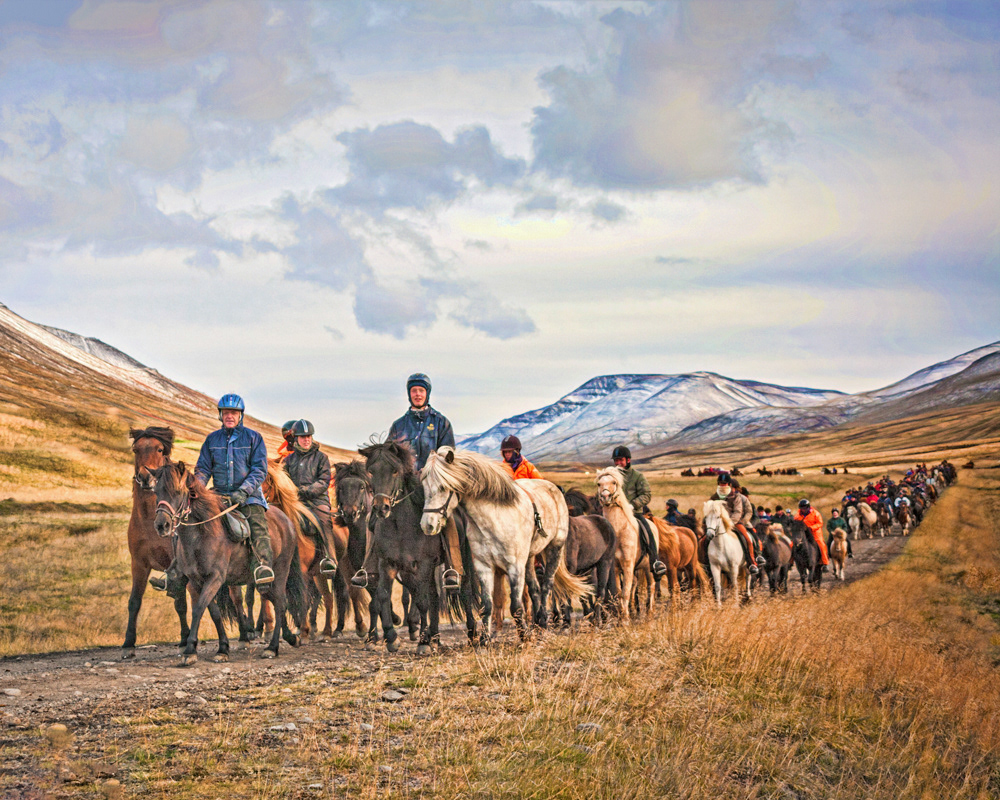
Another thing that has prevented a downhill slide in the genetics of the Icelandic Horse--in the manner of many other breeds--is that the major market for Icelandic Horses in Iceland as well as abroad was and is the ideal family horse. Most buyers want a colorful, charming, safe, energetic, friendly, strong, healthy, easy to ride, good looking horse, an easy keeper with comfortable, clear gaits. Most Icelandic Horse owners want to enjoy their horse in nature rather than spend their time in an arena or on an oval track.
Best of all for the breed is that once again the horse has become a mainstay of the Icelandic economy. as a result of the huge trekking business that has developed in Iceland . Over the last decades, the niche has exploded. Gazillions of tourists flock to Iceland every year and most of them want to ride the countryside on horseback in groups.
An endless number of horses with all of the old characteristics as well as more color, an even prettier appearance, and even more comfortable gaits are needed. As the rivalry within the trekking business grows, so will the quality of the horses needed.
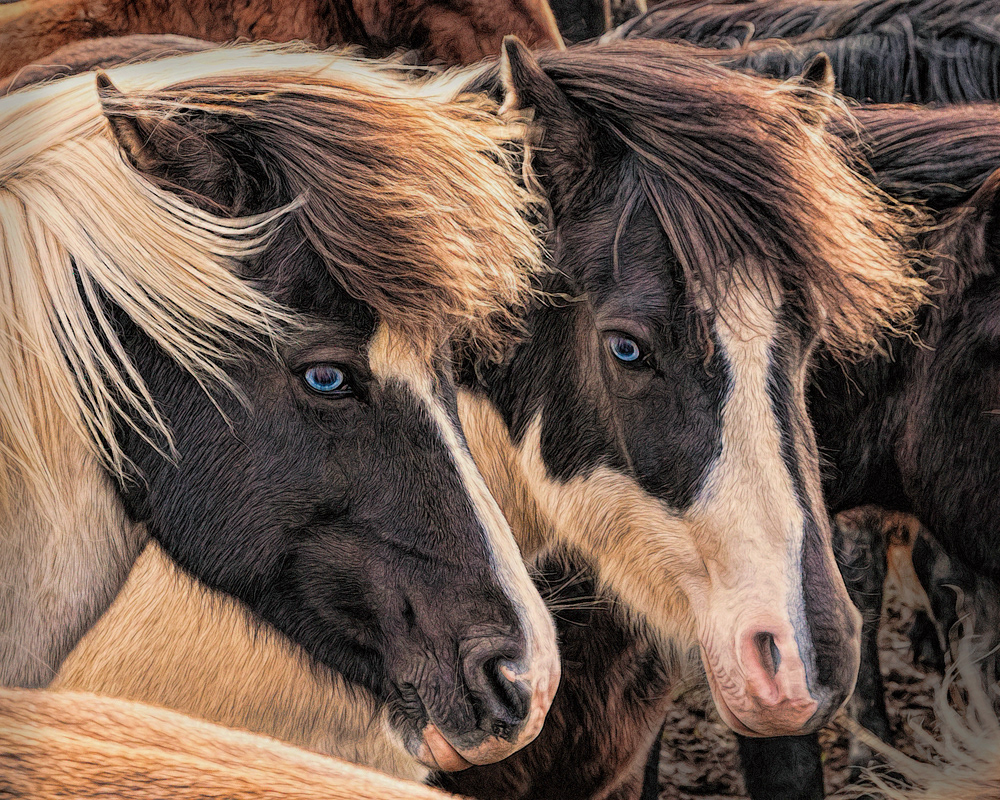
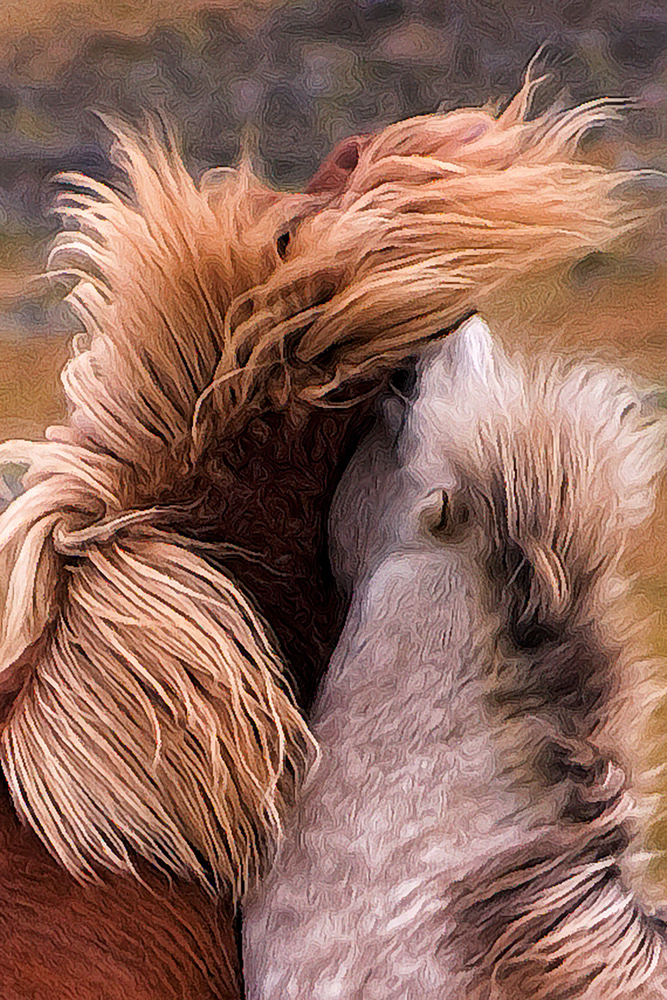


Veterinarians have always loved the Icelandic Horse. They are amazed at how he survives and thrives where other horses succumb. Over the millenniums both man and nature have culled the breed--first on the steppes of Mongolia and then, later, in Iceland.
Research by the Danish Veterinary University has determined that Icelandic Horses can out-pull larger draft breeds by 1.6 times per pound body-weight. This ability came in handy in the good old days when the breed was used by the small farmers in Scandinavia. Then, whenever larger teams of horses got their carts and carriages stuck in the mire, their owners would summon Icelandic Horses for help. Not only did the mighty midgets have incredible strength, but they also never gave up!
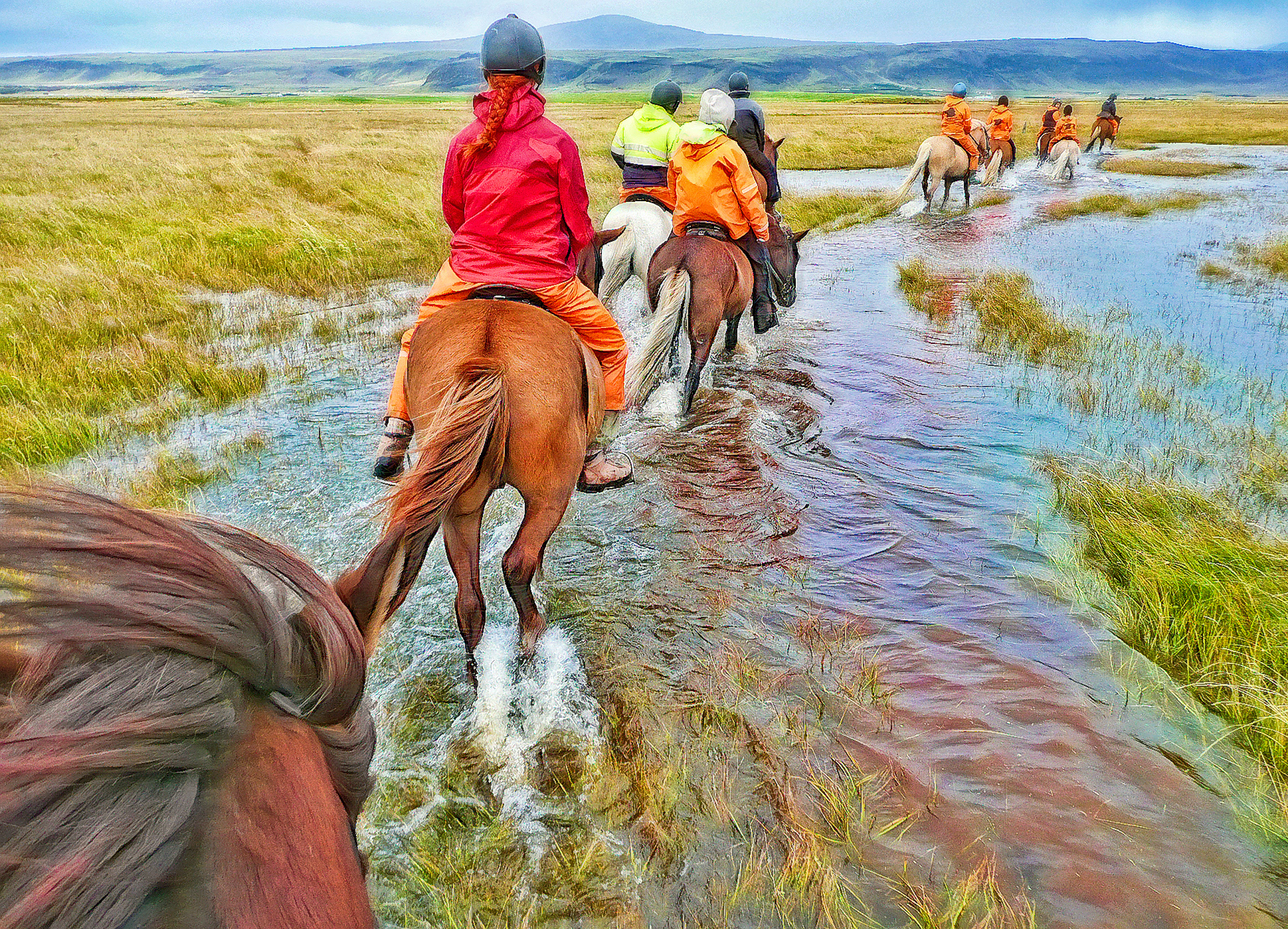
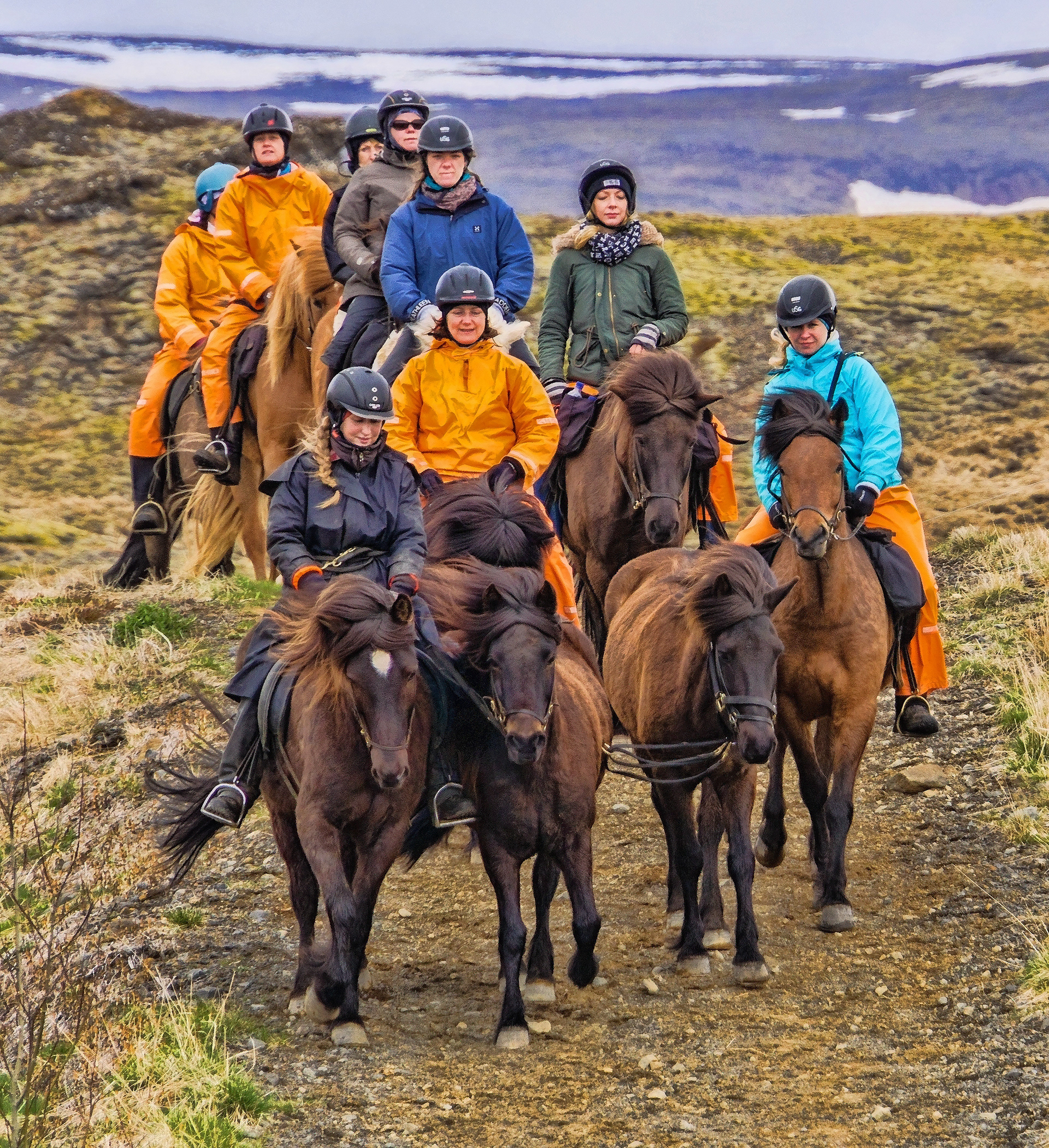
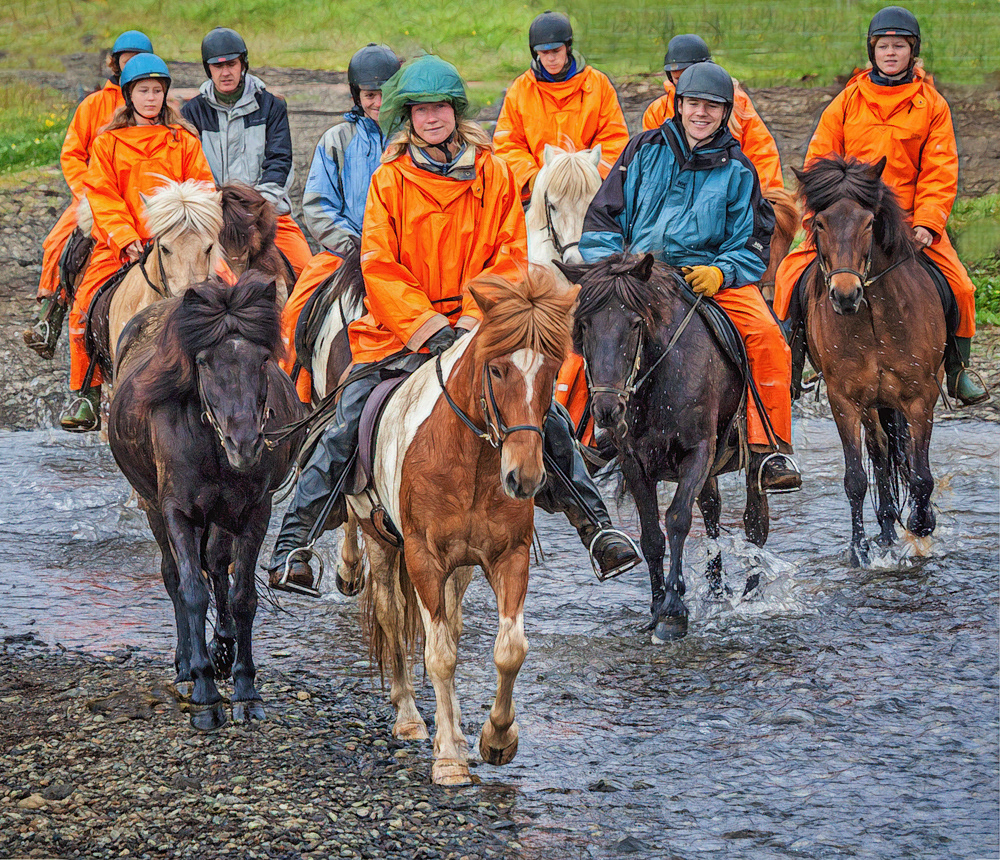
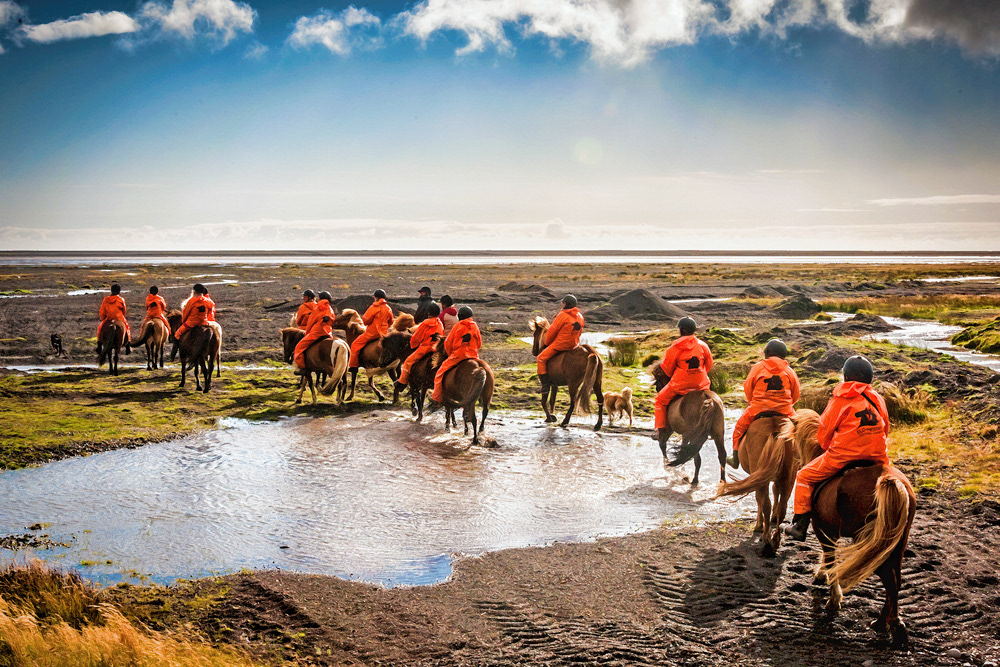
The only area where the Icelandic Horse may have gone slightly downhill over the decades is in health. Although, he still is amazing compared to other breeds, today, less emphasis is placed on his robustness now than it was in the past.
Also, using prize stallions on a large number of mares often bring out weaknesses in their bloodlines that previously--in the heat of the moment of glory--were overlooked.
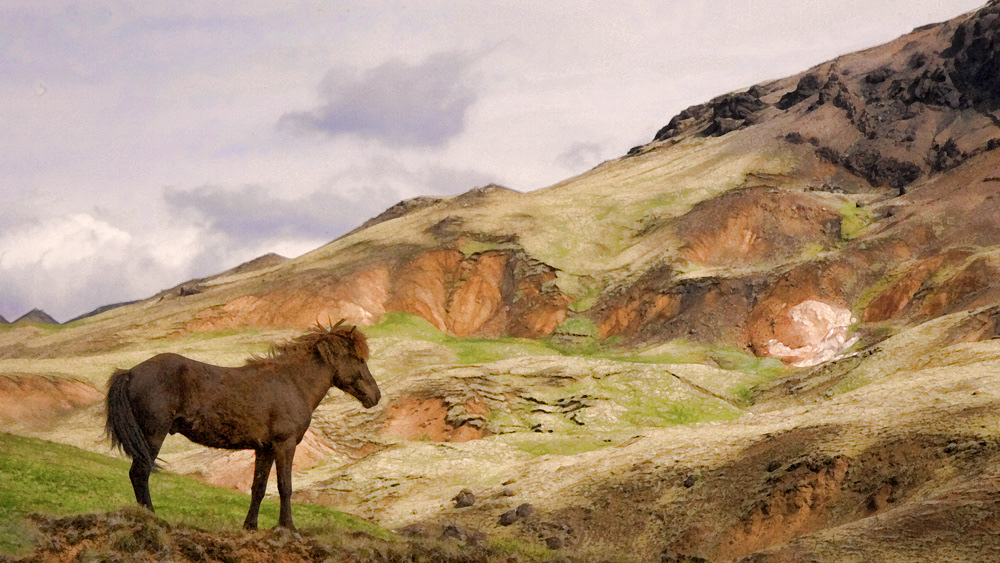
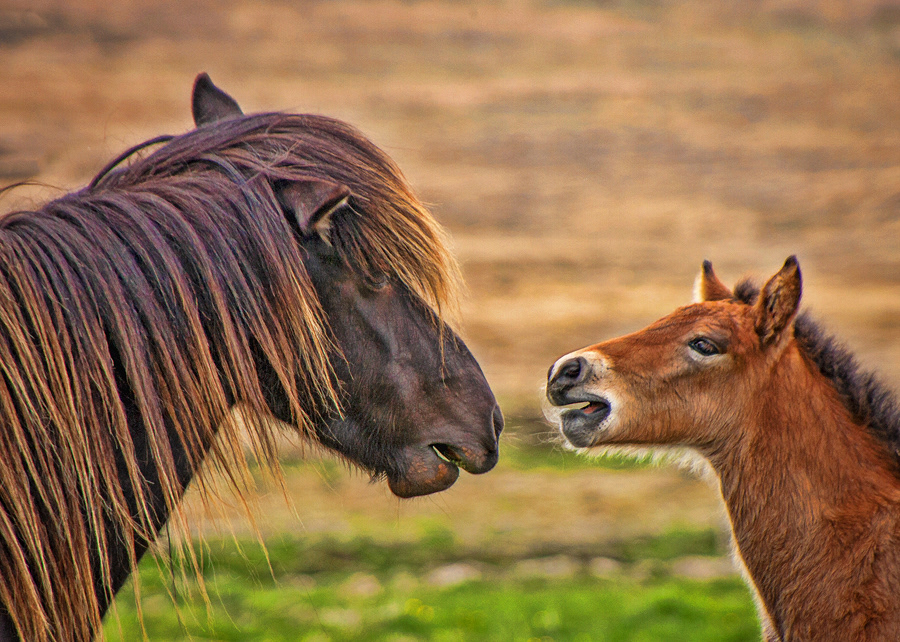
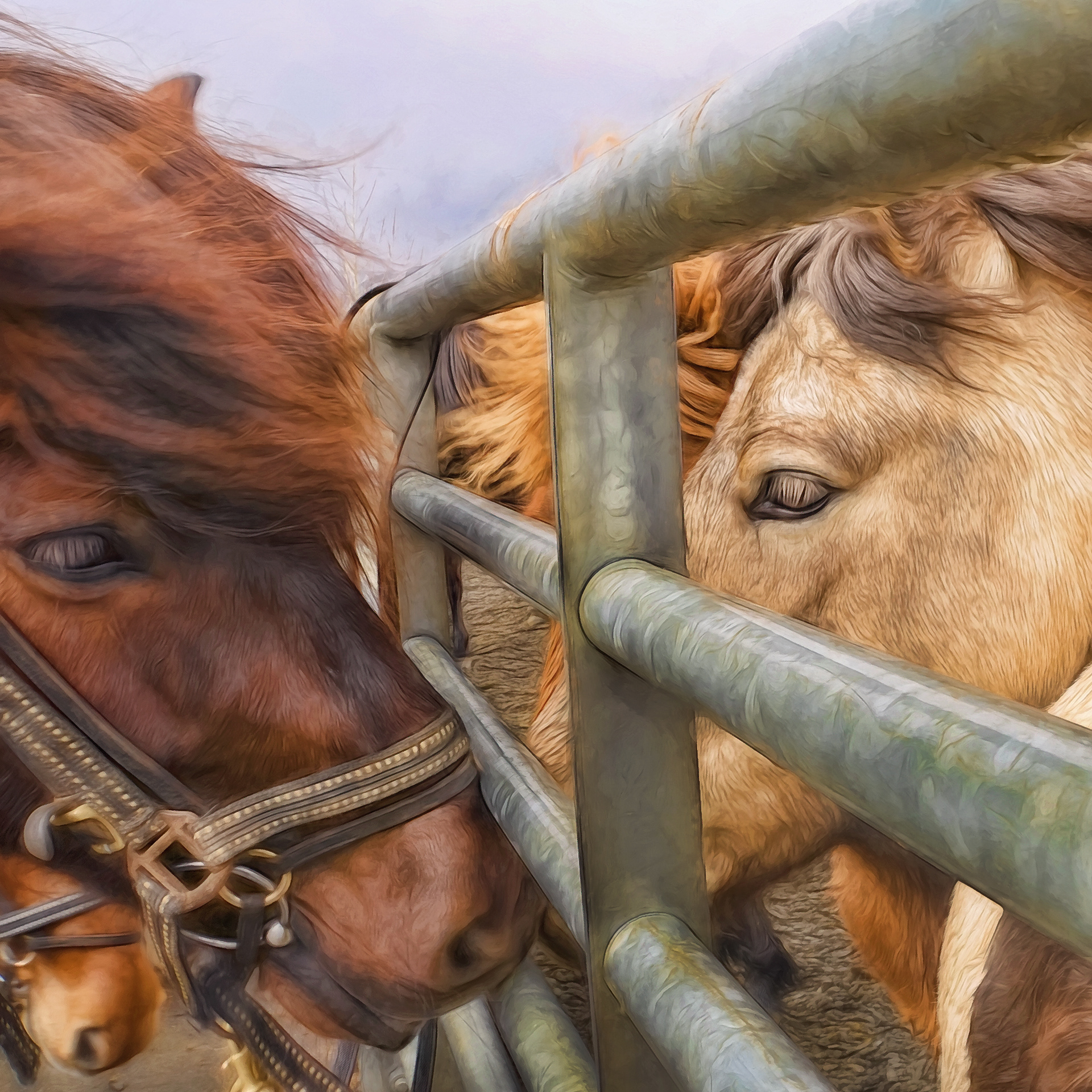
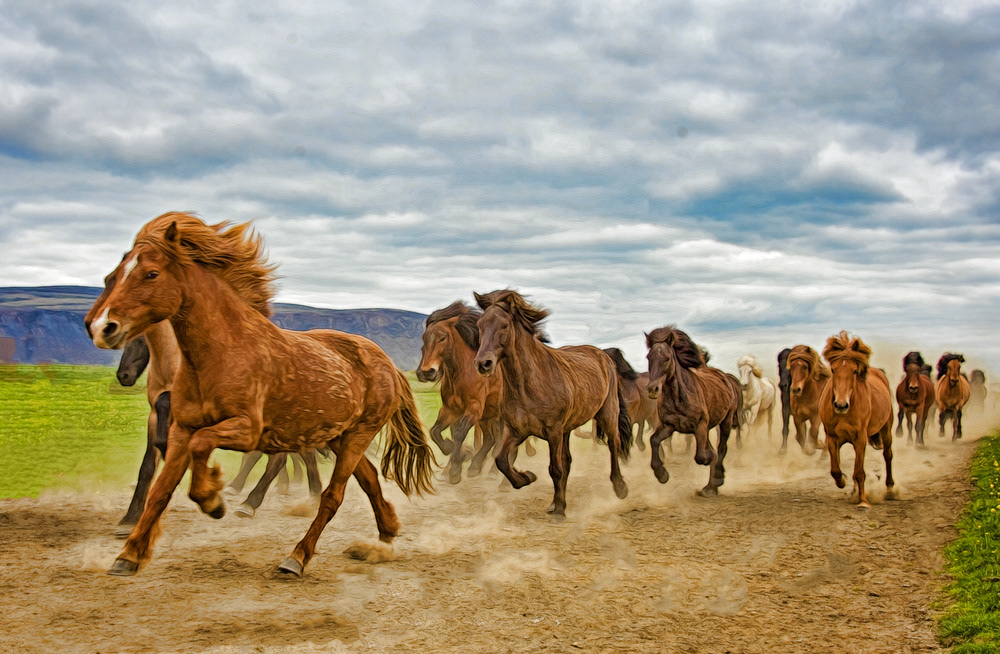
Over the ages, the Icelandic Horse developed bodily changes that made him stauncher and better fitted to his environment. A shortening of his cannon bones brings his center of gravity closer to the ground. This improves not only his balance, but it also--despite his smaller size--makes him stronger than individuals of larger breeds .
The proportion between his large and small intestine is different than in other breeds, enabling him to go with little or no food for a longer interval.
He is also able to survive longer with little or no food than other breeds because of his ability to burn body fat at a higher rate.
He has developed an extra flexibility in his fetlock joints that protects him from lameness when he travels at high speed over rugged terrain.
He pants like a dog to rid himself of extra heat.
But most importantly, he has developed an incredibly strong will to survive. ICELANDIC HORSES NEVER GIVE UP

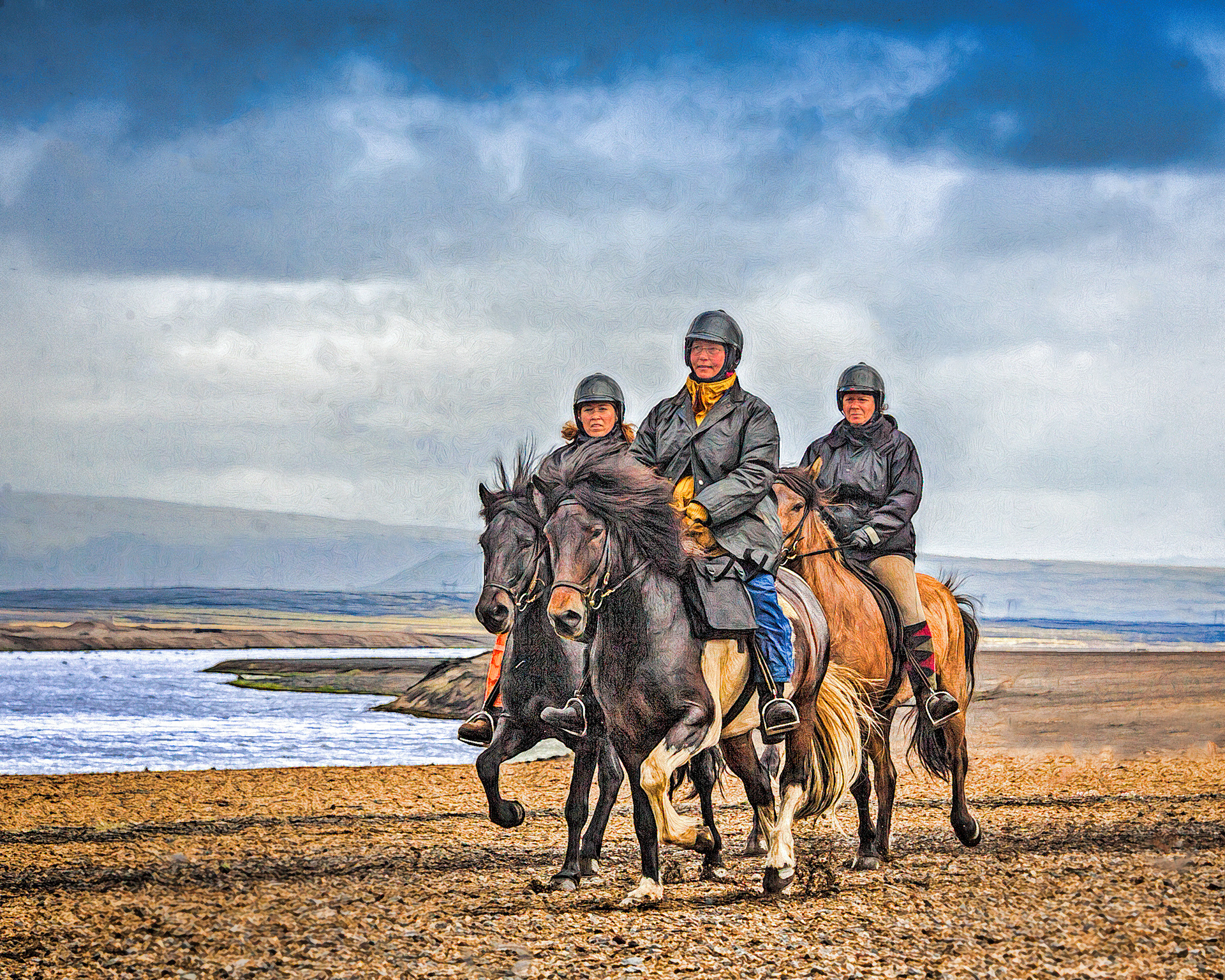
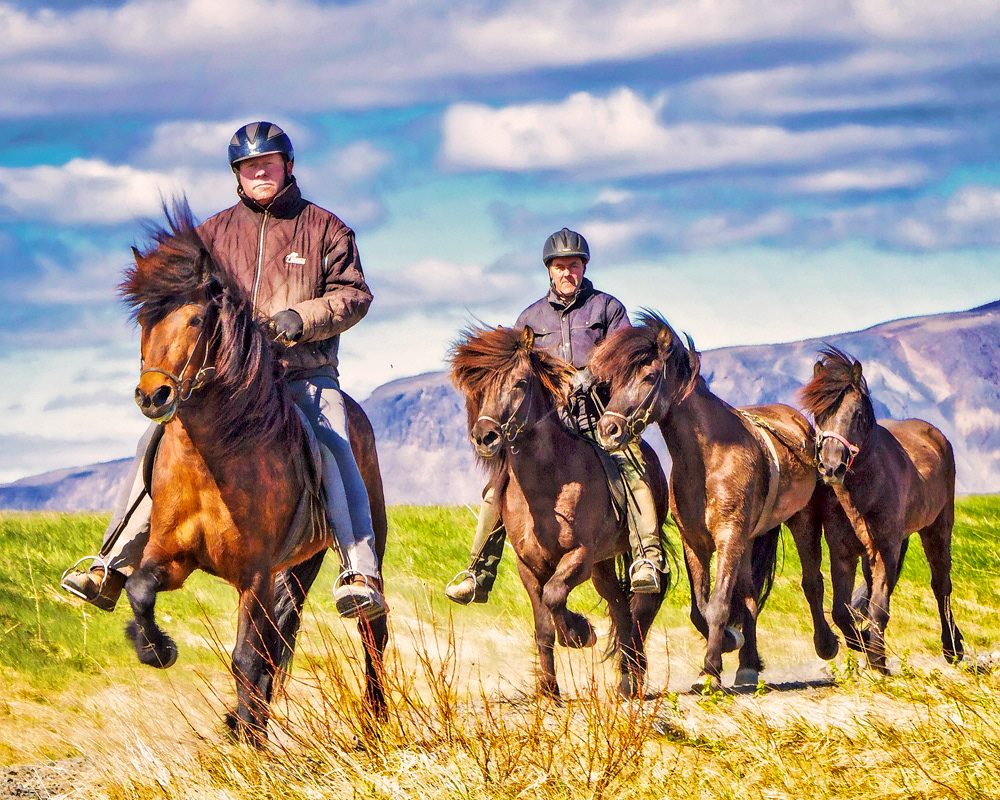
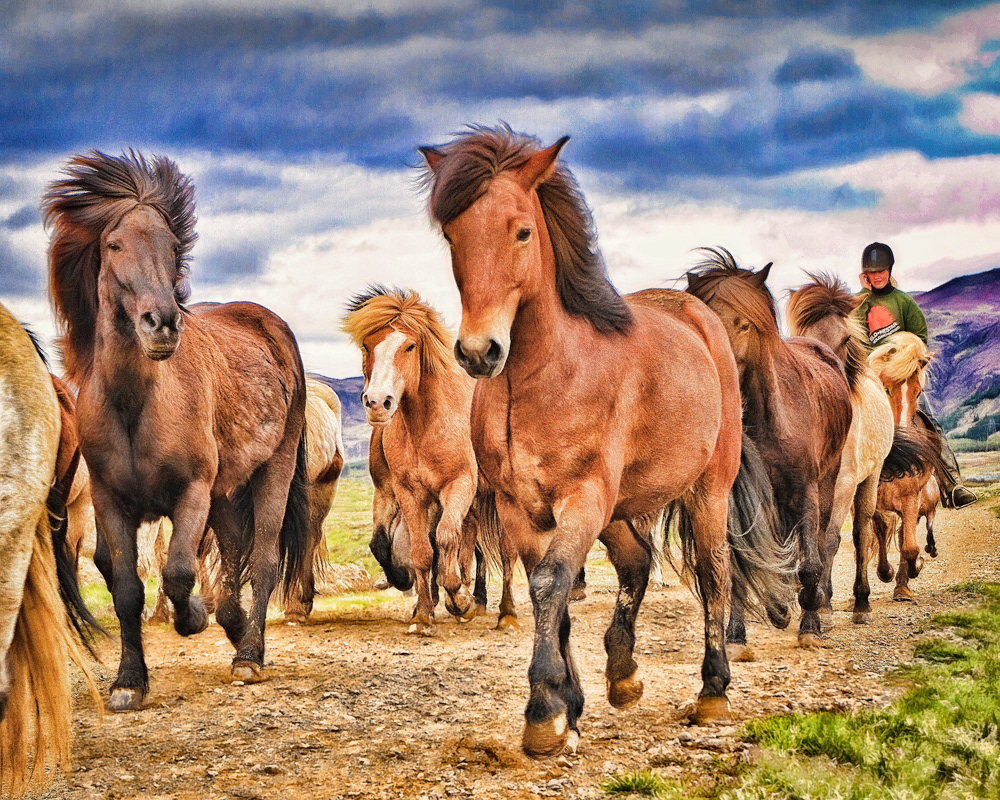
Here, at the end of my diatribe, I hope you, too, have fallen in love with this amazing animal and agree with me that
THERE IS SOMETHING ABOUT THE ICELANDIC HORSE!
